The Hisense U7Q is one of the most interesting Mini-LED televisions in its price segment, clearly showing that Hisense is really starting to matter in the market not only because of the price-to-capabilities ratio but also due to its increasingly refined picture quality. Let’s start with what truly impresses: the contrast and black levels are at a level that was recently unattainable in this price range. Combined with smooth tonal transitions, solid brightness, and a fast 144 Hz panel, the U7Q becomes a television that excels in both movies and gaming. Gamers will find nearly everything they could expect here – variable refresh rate (VRR) support, auto low latency mode (ALLM), very low input lag, and even 240 Hz in Full HD. All of this means that the U7Q will perform well with both next-generation consoles and PCs. However, it is not without its weaknesses. With HDR content, one might want to say: "untapped potential" – you may ask why? The television’s algorithms dim small bright elements or overly boost them, which can spoil the viewing experience. There is also a lack of support for HGiG, which is a feature that would better synchronize the console with the television for HDR. In summary, briefly – the Hisense U7Q is a very versatile and complete television that has its imperfections but makes up for them in many key aspects. For gamers, for occasional movie watchers, for someone looking for good equipment for everyday use – it is one of the most cost-effective propositions in 2025. One just needs to know what compromises they are signing up for – and then it will be hard to be disappointed.
- Matching (Score)
- Our verdict
- TV appearance
- Where to buy
- Contrast and black detail
- HDR effect quality
- Factory color reproduction
- Color reproduction after calibration
- Smoothness of tonal transitions
- Image scaling and smoothness of tonal transitions
- Blur and motion smoothness
- Console compatibility and gaming features
- Input lag
- Compatibility with PC
- Viewing angles
- TV efficiency during daytime
- Details about the matrix
- TV features
- Apps
- Playing files from USB
- Sound
Hisense U7Q vs Panasonic W85
Direct compare
U7Q / U78Q
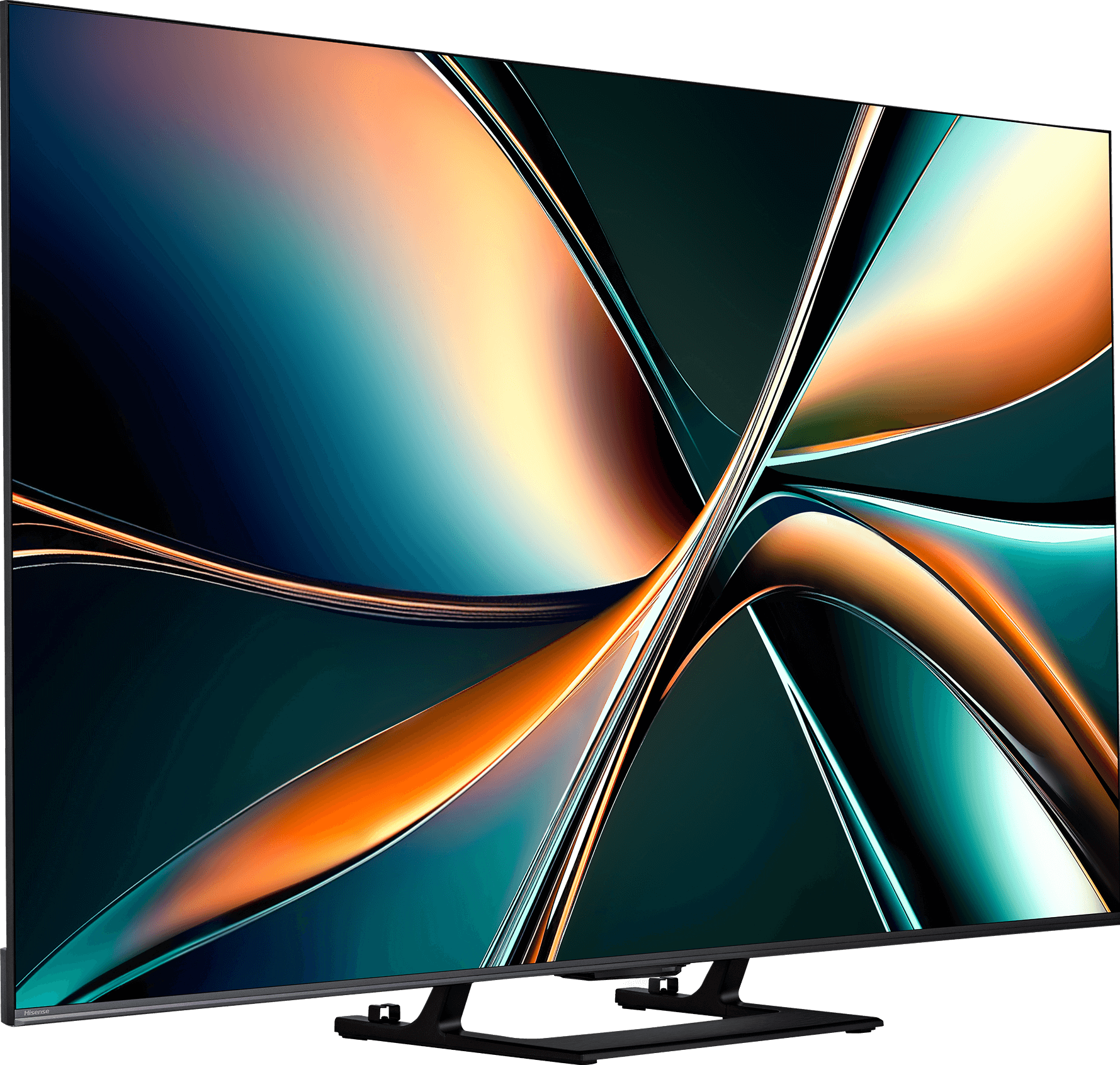
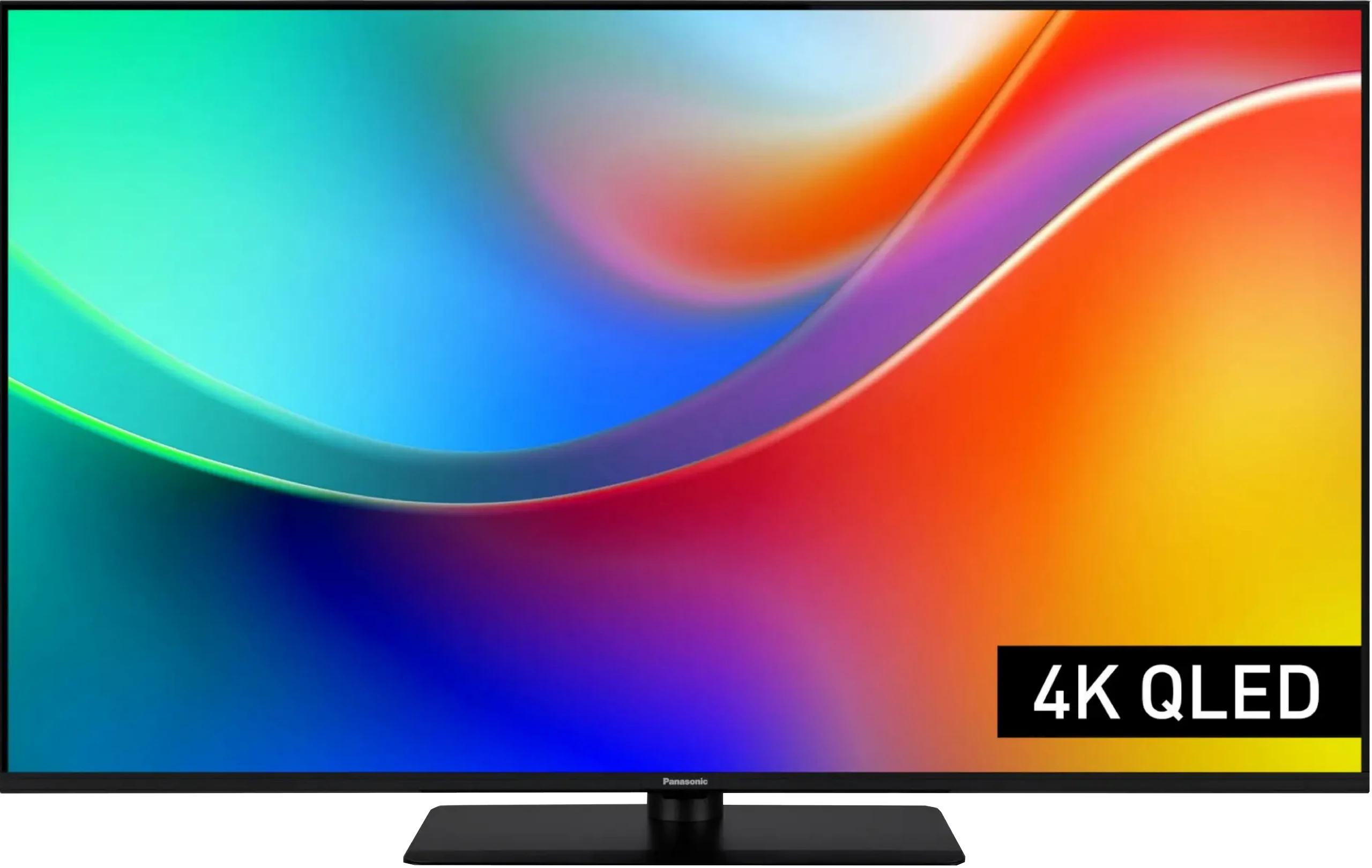
Panel type: LCD VA
Resolution: 3840x2160
System: VIDAA
Model year: 2025
Complete the survey to find out the result

Panel type: LCD VA
Resolution: 3840x2160
System: Amazon FireTV
Model year: 2025
Complete the survey to find out the result

Overall rating
7.1
6.1
Movies and series in UHD quality
6.7
5.5
Classic TV, YouTube
6.8
5.8
Sports broadcasts (TV and apps)
6.3
5.8
Gaming on console
8.0
7.7
TV as a computer monitor
8.6
8.6
Watching in bright light
6.2
4.2
Utility functions
8.9
6.8
Apps
7.7
7.6
Sound quality
7.2
5.8
Complete the survey to find out what fits your preferences
Advantages
Great contrast and deep black
Very good smoothness of tonal transitions (close to reference level)
High brightness
Supports 4K 144 Hz and even 240 Hz in Full HD
VRR, ALLM, G-SYNC – a full package for gamers
Low input lag
Pleasant sound with a light bass
Many classic TV functions built into the VIDAA system
VA matrix with high native contrast
High refresh rate 120/144 Hz
Two HDMI 2.1 ports supporting ALLM, VRR, and Dolby Vision in games
Very low input lag
Quite good color gamut coverage thanks to the QLED filter
Support for multiple HDR formats including Dolby Vision and HDR10+
Sturdy central base
Great compatibility with PC – full 4:4:4 chroma, readable fonts
Disadvantages
Lack of support for HGiG (hinders HDR setup on consoles)
Brightness management issues
Poor viewing angles – typical for VA panels
Closed VIDAA system – missing some applications
Low brightness (below 270 nits) – no real HDR
HDR mode in games is poorly developed, with incorrect HGiG implementation
Weak media file player
The FireTV system in Europe is poorly developed: there are micro stutters and awkward translations, and many apps are missing
Average sound quality, lacking depth
Motion smoothing doesn't want to work
Our verdict
The Panasonic W85B is a TV that aims to prove that the Japanese brand can produce not only top-tier devices but also something more "for the people." And it really does look decent on paper: a VA panel with solid contrast, high refresh rates of 120/144 Hz, two full HDMI 2.1 ports, and low input lag. It sounds like a great setup for a gamer or someone just looking for an affordable TV with good fundamentals. However, the reality is a bit more complicated. The W85B performs well mainly with SDR content, especially after calibration, and will serve well for typical everyday use. But when we start expecting more from it—for example, counting on strong HDR performance or greater immersion in games with that mode activated—the TV quickly shows its limitations. Its brightness is low and the lack of local dimming becomes quite noticeable during evening viewing. Therefore, we view the W85B more as a "daily" TV—ideal for someone who watches terrestrial television, YouTube, or SDR streaming, and wants to connect a console or PC for 120/144 Hz (but without HDR). In that role, it performs very well. Is it a TV for everyone? Definitely not. But if we accept its limitations and approach it with reasonable expectations, the W85B can provide a lot of enjoyment for a relatively sensible price.
TV appearance
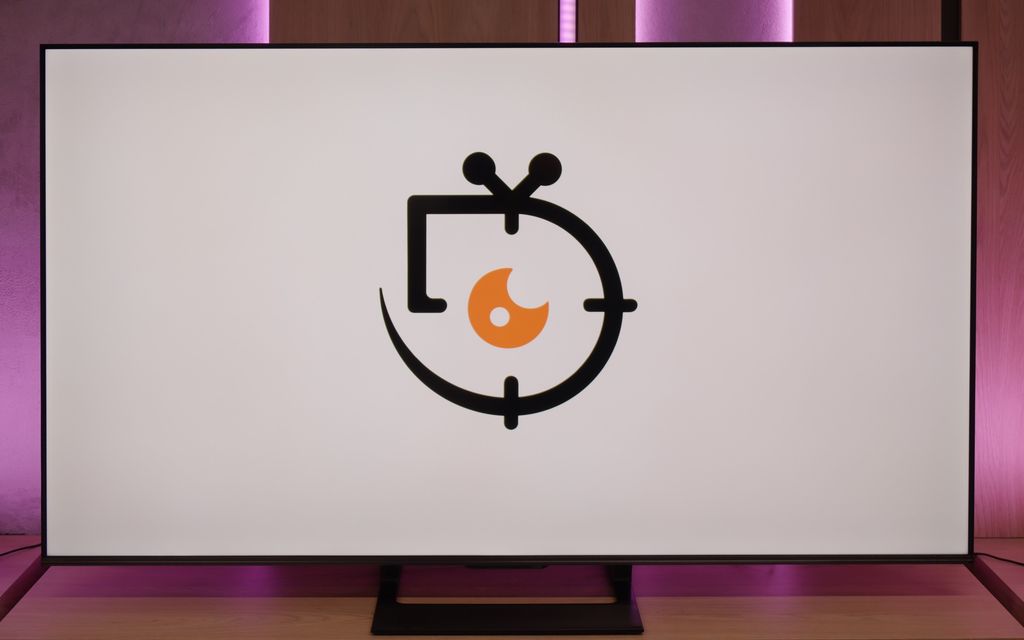
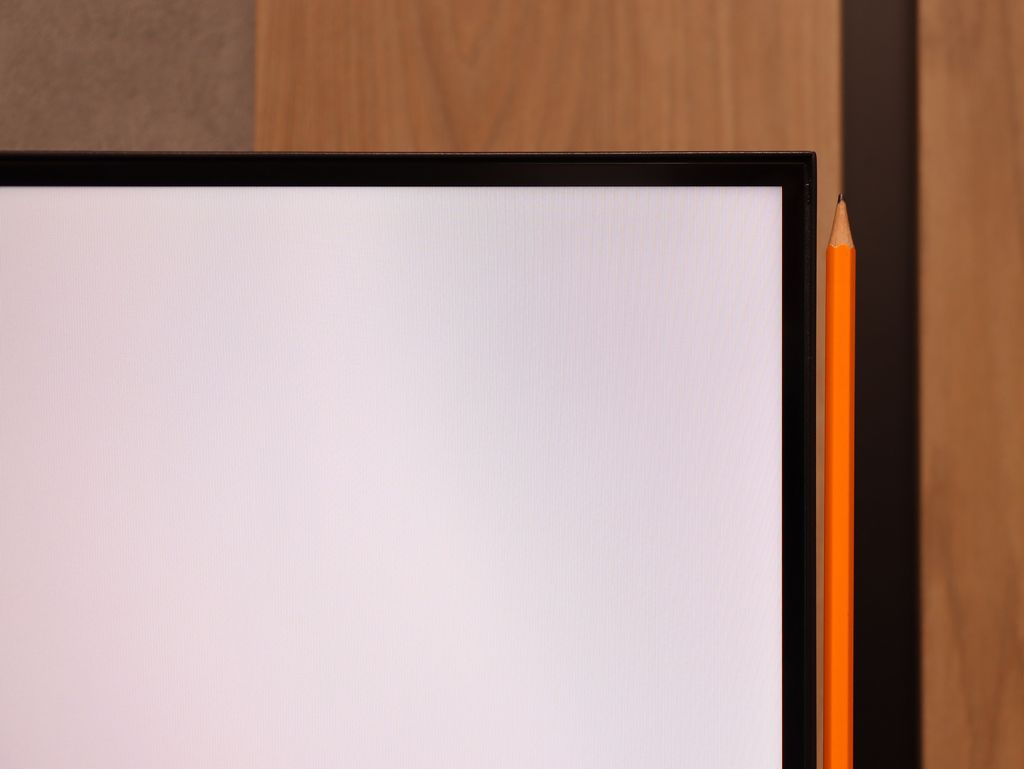
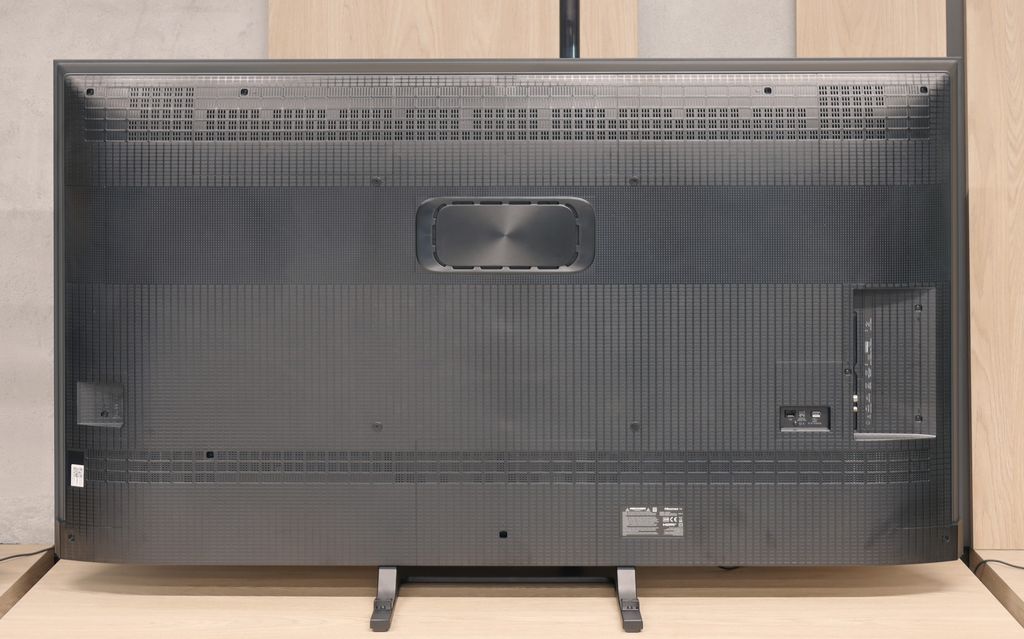
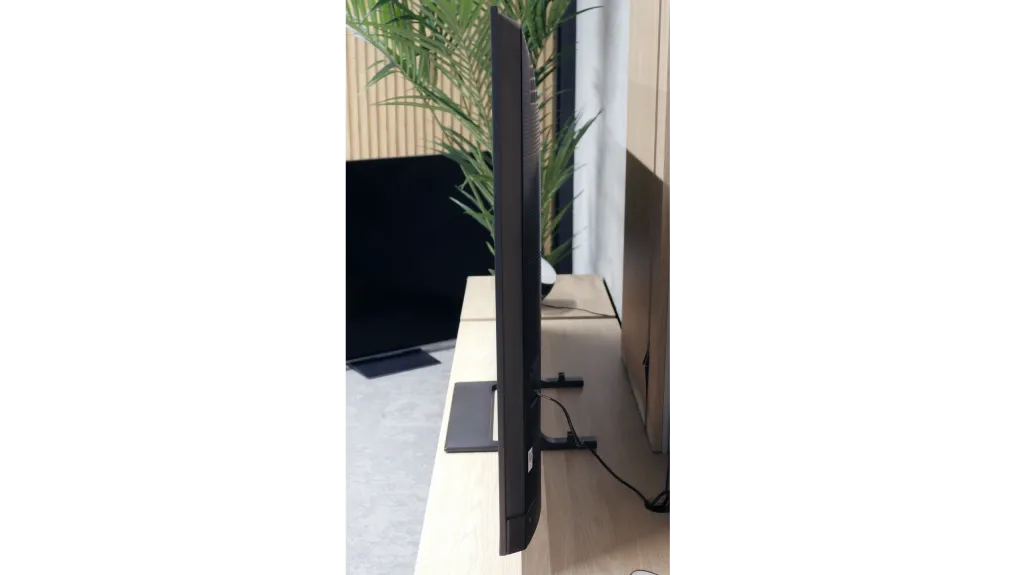
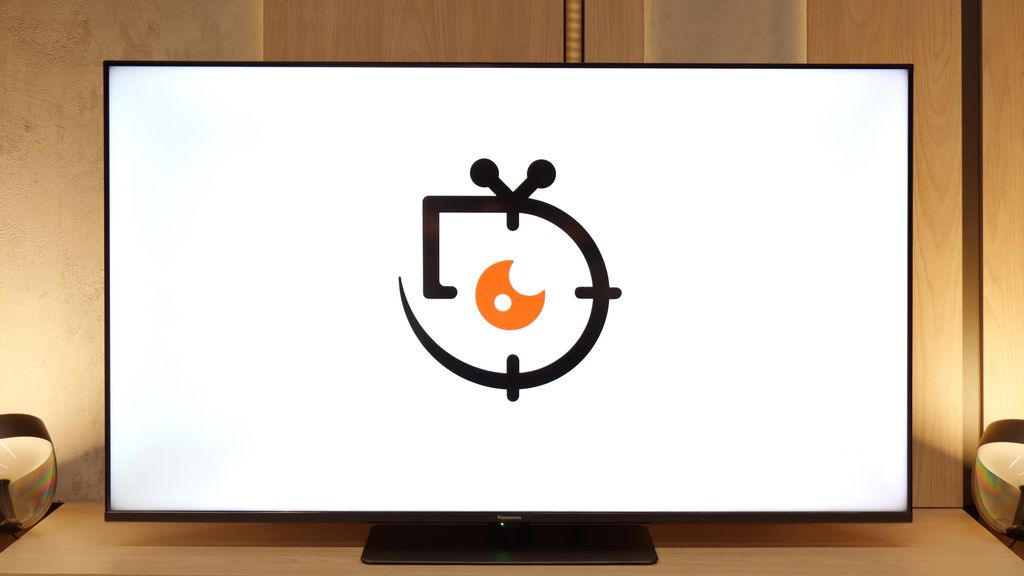
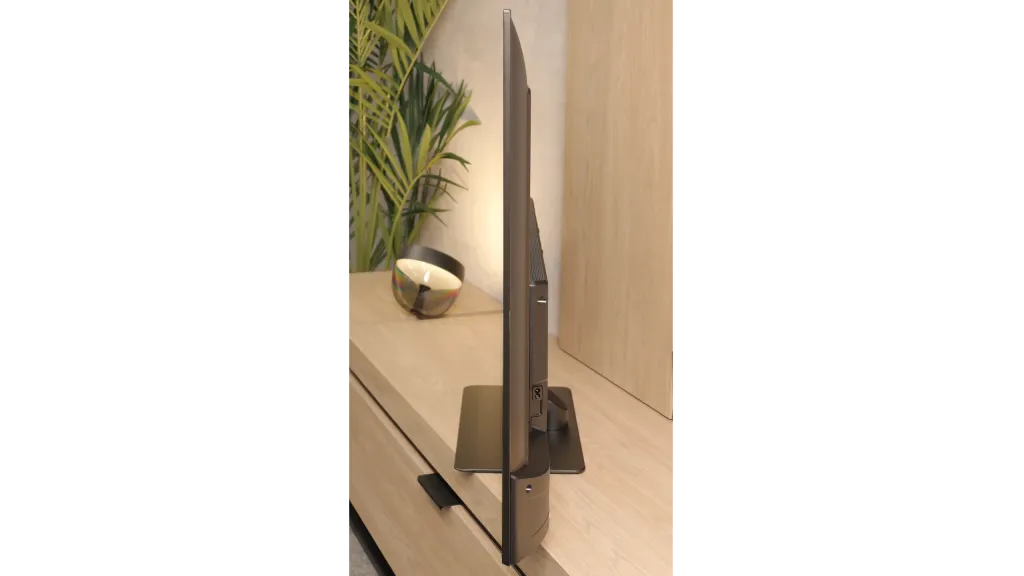
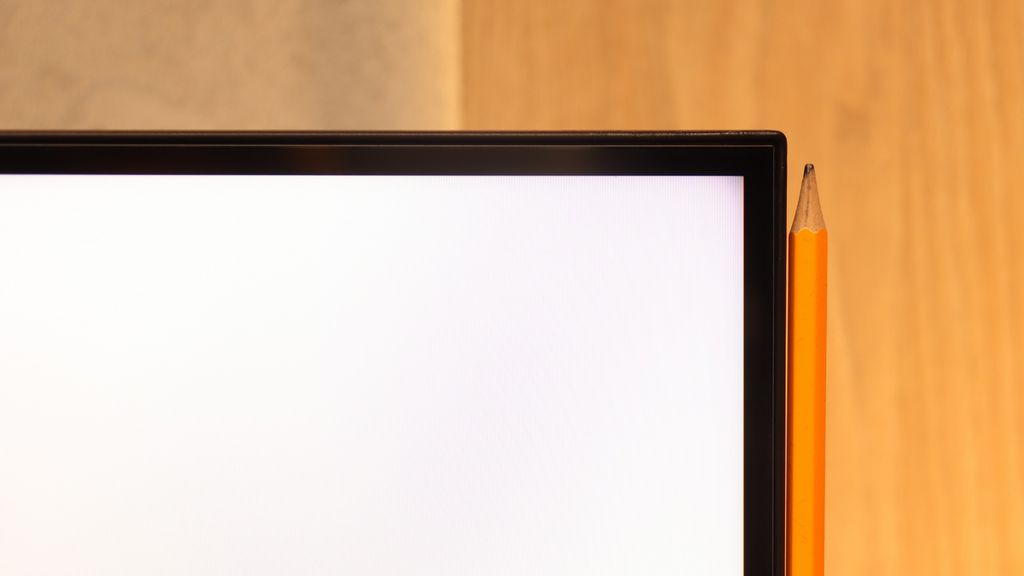
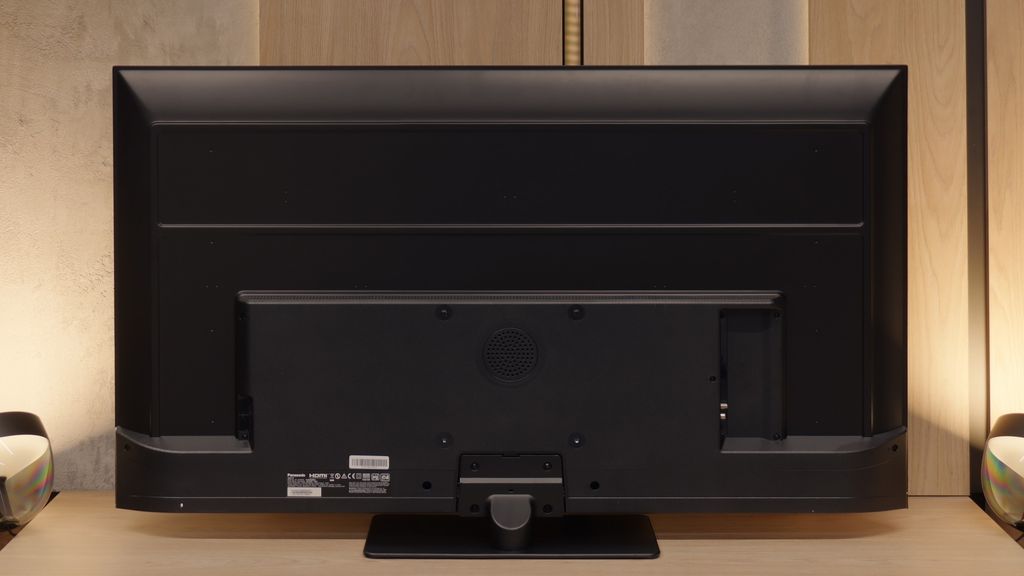
Contrast and black detail
7.5/10
5.3/10
Local dimming function: Yes, number of zones: 220 (10 x 22)
Local dimming function: No
Contrast:

Result
278,000:1

Result
28,800:1

Result
11,100:1

Result
10,800:1

Result
6,250:1

Result
4,300:1

Result
4,250:1

Result
4,200:1

Result
4,400:1

Result
3,150:1
Halo effect and black detail visibility:
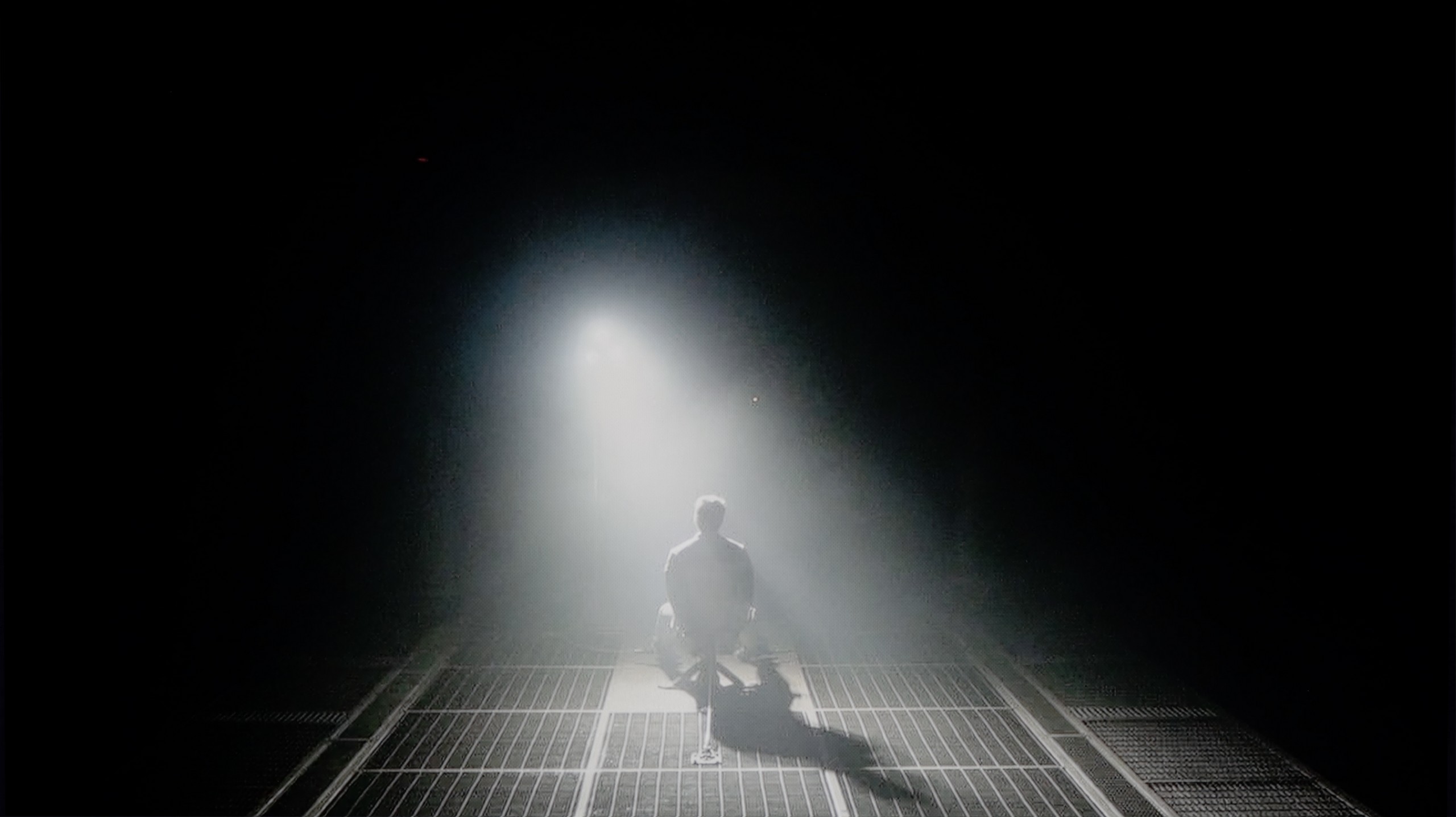
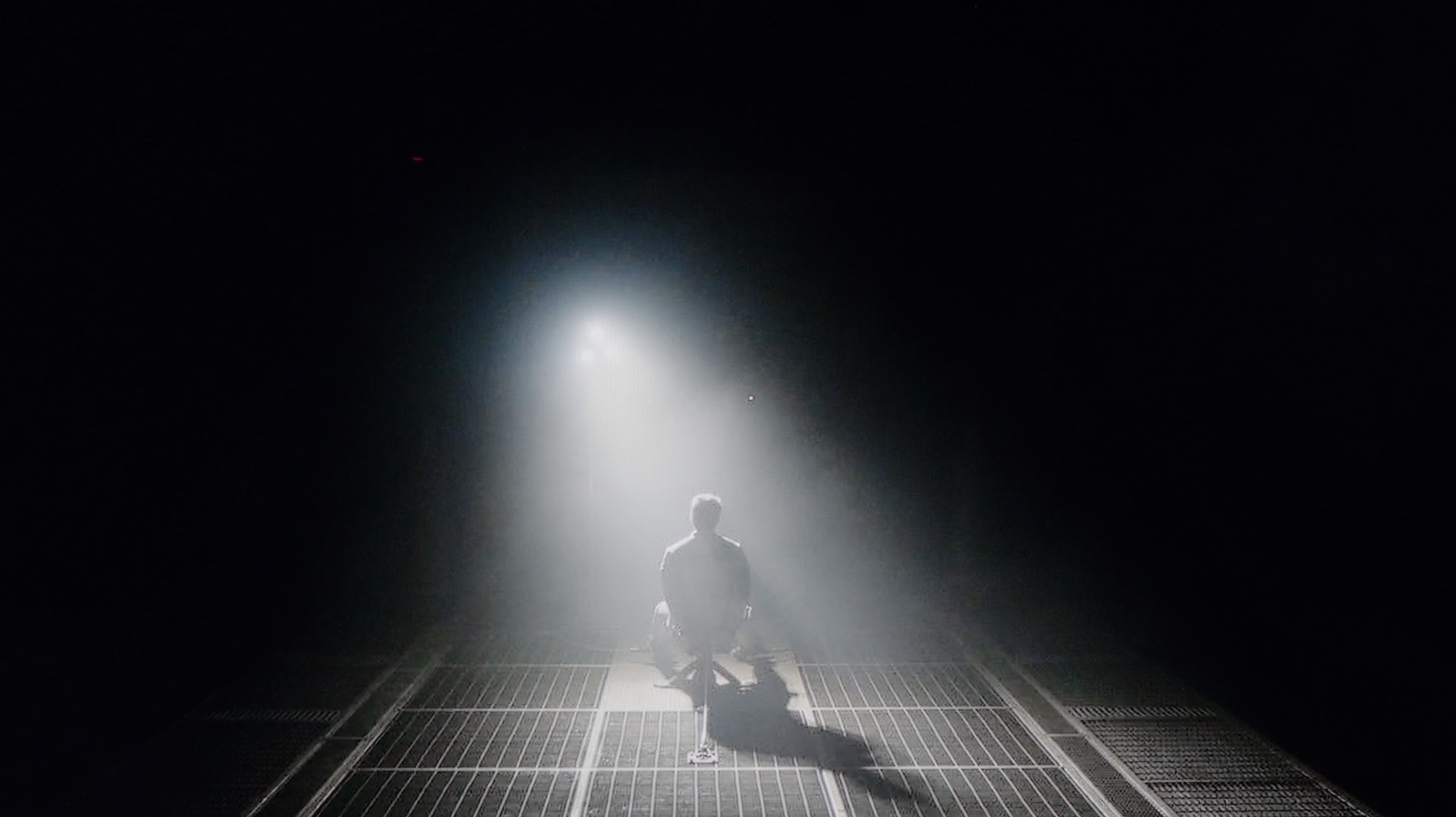
The U7Q is a television with Mini-LED backlighting – just like the PRO version. The difference? The version without the suffix simply has fewer dimming zones. In our 65-inch model with a VA panel, we counted 220 of them. And although this doesn't make as much of an impression as in the U7Q PRO, it still looks very good on paper for this price range. Alright, but how does it perform in practice? Surprisingly well. The contrast in the U7Q can reach up to 300,000:1, which provides a really solid black effect. In many scenes, it's hard to find fault – the image has depth, and the highlights are well separated. Of course, Mini-LED is not OLED – so there are certain limitations. In very challenging scenes with a lot of dark details, the television sometimes either "eats" them, leaving a nice black, or slightly brightens the background, which can cause a halo effect. This is normal in this technology and must be taken into account. Despite these minor drawbacks – the contrast in the U7Q performs really well.
The W85B is Panasonic's entry-level LCD, so one shouldn't expect miracles in this category, but... the VA panel really does a great job here. Its biggest advantage is simply better contrast than in popular IPS panels – blacks often look gray there, while here you can actually see deeper tones. In the scenes we tested, the contrast held around 4000:1, which translates to roughly four times better performance than in IPS panels. Of course, there's no local dimming, so in difficult conditions, when it gets really dark in the room, black can resemble navy more than absolute pitch black. This is the difference you can see compared to OLEDs or Mini-LEDs. But in everyday viewing – a series, a match, a movie in the evening in the living room – this contrast is more than sufficient. The image has the right depth, and the W85B doesn't give the feeling of a "washed-out" television.
HDR effect quality
4.6/10
4.2/10
Luminance measurements in HDR:

Result
521 nit

Result
160 nit

Result
351 nit

Result
98 nit

Result
674 nit

Result
228 nit

Result
249 nit

Result
283 nit

Result
282 nit

Result
297 nit
Scene from the movie “Pan” (about 2800 nits)
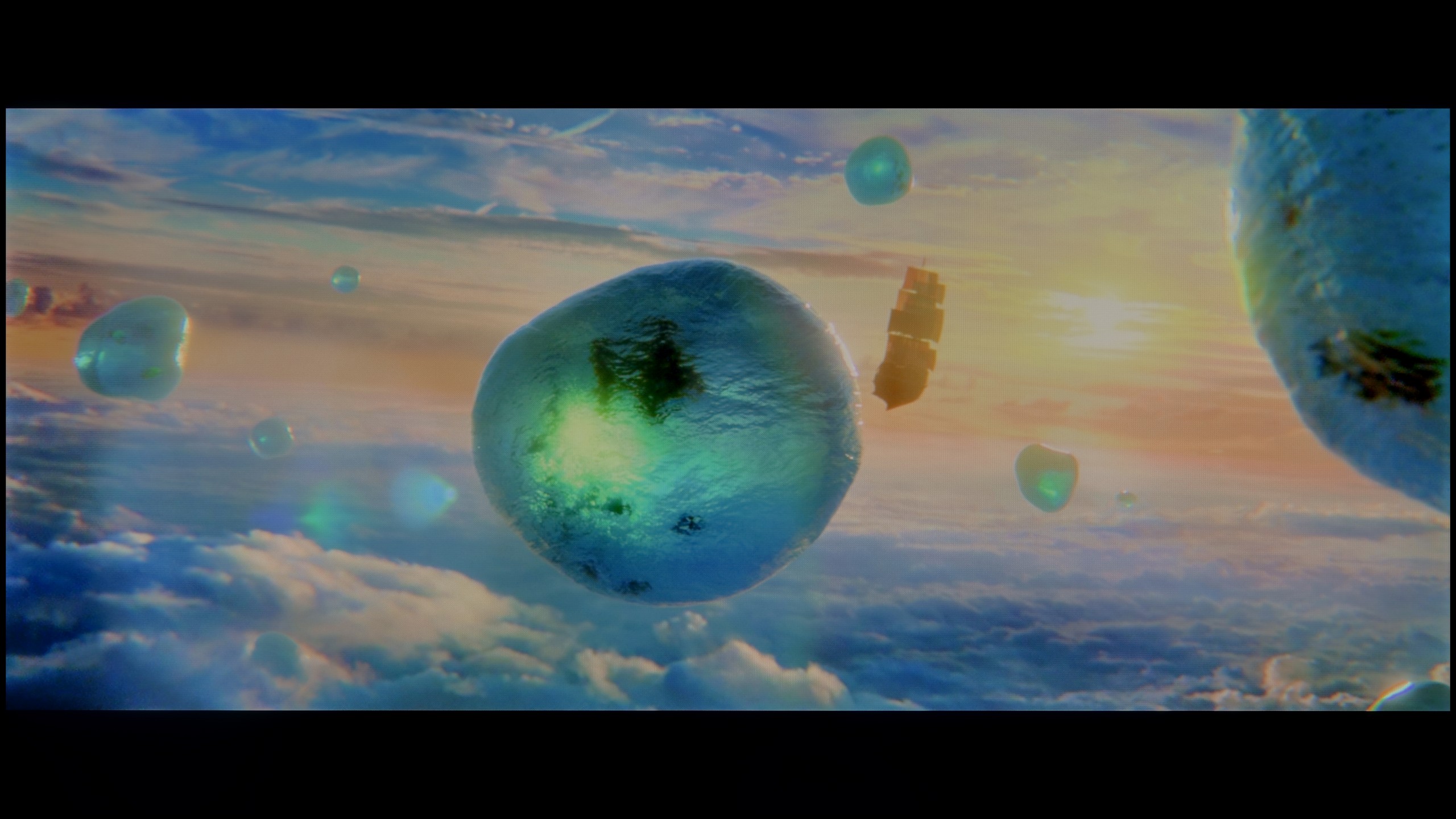
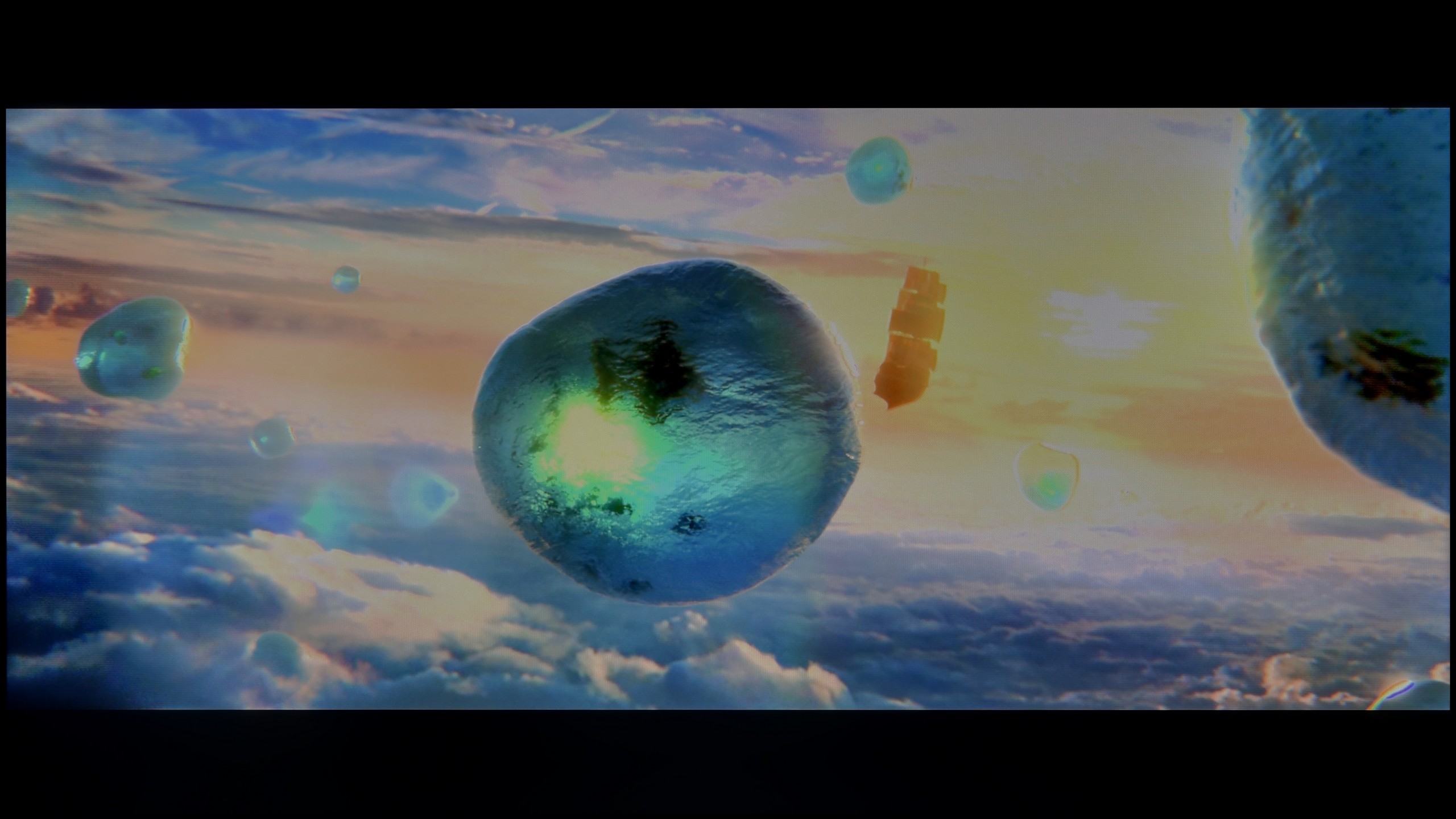
Scene from the movie “Billy Lynn” (about 1100 nits)


Static HDR10

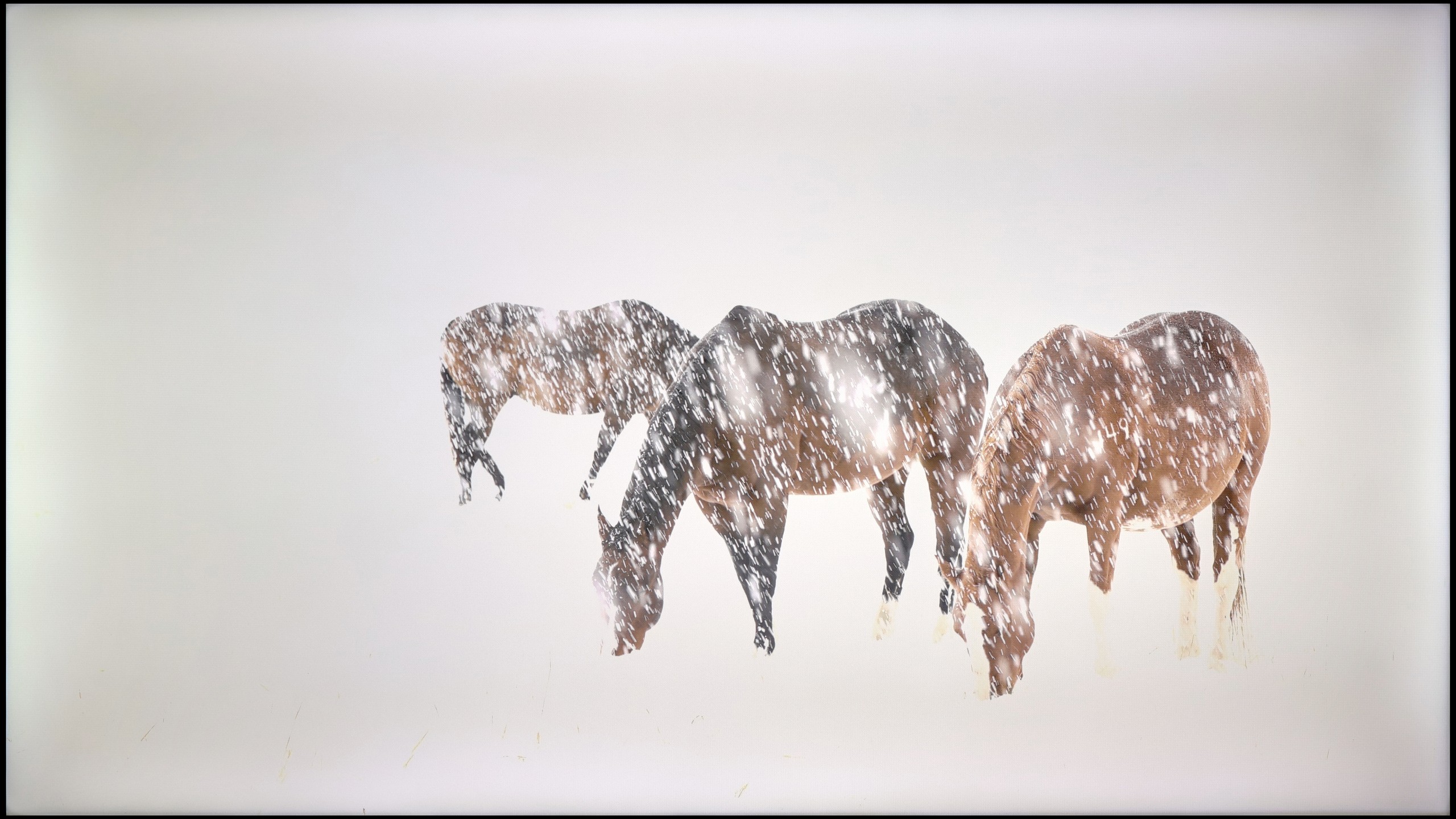
Dynamic: Dolby Vision
Dynamic: Dolby Vision


HDR luminance chart:
Panasonic W85
HDR luminance
Hisense U7Q
HDR luminance
Since the algorithms responsible for blacks are performing quite well, we expected a similarly good effect when it comes to brightness and overall HDR quality. Unfortunately – here we have to disappoint you a bit.
The U7Q is quite a bright TV – in optimal conditions, it can reach around 800 nits, which indeed impresses on some screens, especially in scenes like those from the movie The Meg. Bright segments can really shine, and the HDR effect is noticeable. The problem arises when very small, bright elements appear on a dark background – for example, in Sicario 2 or in the second scene of the movie Life of Pi. In such moments, the dimming algorithms operate too aggressively. Yes, the blacks look great then, but the brightest points can almost completely fade, causing the HDR effect to disappear and details to be barely visible. That's just the nature of this technology in this price segment.
As a consolation, it's worth adding that the U7Q is advertised as a QLED TV (in practice, a PFS layer is used, which works very similarly), and it is indeed capable of displaying a wide color palette – with DCI-P3 coverage at around 94%, that's a very good result for this class.
Unfortunately, we don't have good news here. The Panasonic W85B is rather dim – its peak brightness does not exceed 300 nits, so it's hard to talk about any true HDR effect. In practice, this means that scenes which on other screens can "shine" and make an impression, here look simply like regular SDR with a slight boost in colors. Our measurements and film tests confirmed this – regardless of the content, the W85B won't extract anything more from HDR. So if someone is looking for a TV specifically for HDR, it's better to look towards other models. As a consolation, the fact remains that in terms of colors, the W85B performs quite well. It's a QLED TV, so its color gamut coverage is wide, and most films and series look natural, without a distinct "washed out" effect. The colors are saturated, so during regular viewing, there is no sense that something is quite wrong.
Factory color reproduction
6.3/10
4.2/10
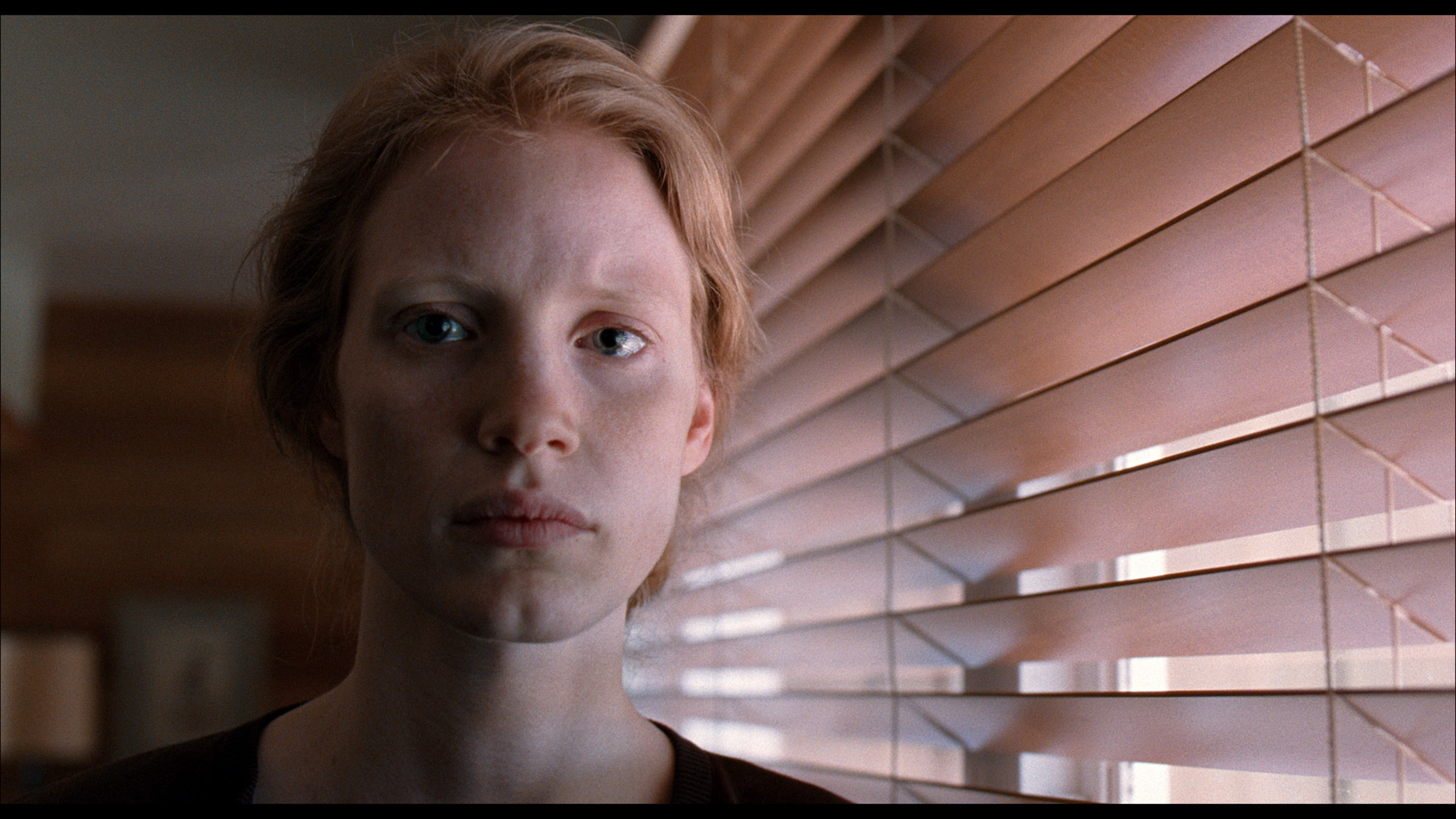
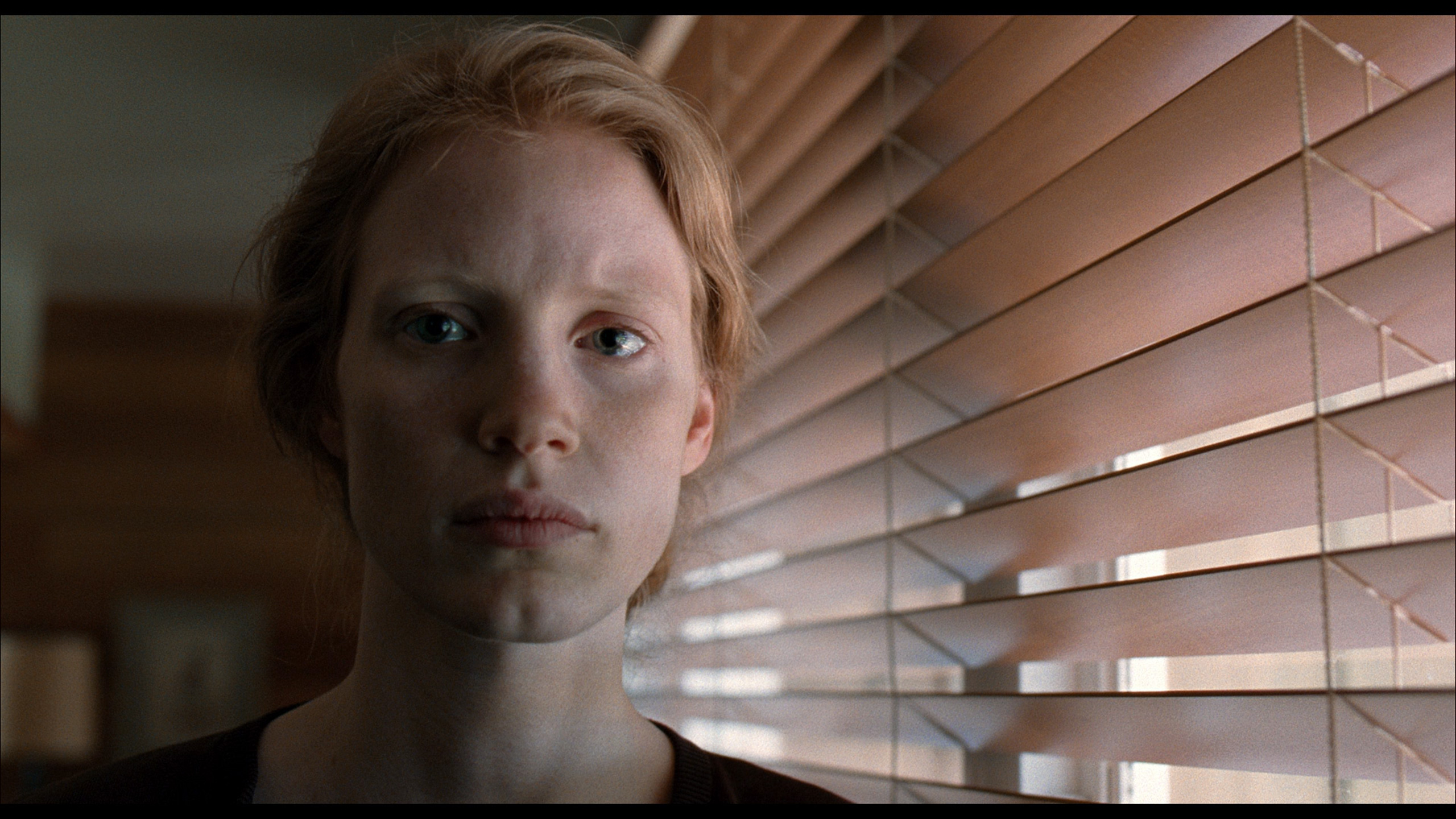
Factory Mode
After calibration


Factory Mode
After calibration
We tested the U7Q in the best possible picture mode, which is Filmmaker Mode. This mode is supposed to provide the most "filmic" experience and fidelity to the creators' intent – right out of the box. Unfortunately, even this professionally sounding name does not guarantee a perfect picture.
In our unit, the problem lay in a poorly set white balance. Both in HD and 4K content, the image had too much blue and red, giving the screen a slightly pinkish hue. It didn't look terrible, but it was noticeable – especially in bright scenes and white backgrounds. This alone could have been forgiven, but the biggest issue is the management of brightness in HDR content. The EOTF curve from the measurements confirms what we saw earlier during the scene tests: the television often dims the smallest bright elements too much, causing them to almost disappear, or conversely – excessively brightens the brightest ones, affecting the naturalness of the image.
While testing the Panasonic W85B, we of course started with the Filmmaker mode, as it is the gold standard today for watching content "as the director intended." The problem is that this TV is quite far from those intentions. The biggest issue turned out to be an excess of red – in both SDR and HDR. The picture often looked overly warm, and in some scenes, it appeared almost "blazing." Additionally, there’s the issue of brightness management. When we looked at the gamma and EOTF charts, it was clear as day that in most scenes, the TV brightens the image more than it should. The effect was easy to predict. Details can get lost, leading to flattening and clipping across the entire screen. Of course, we know how to improve this, but it must be said honestly that it requires quite a bit of work in calibration. Out of the box, the W85B does not provide a reference-level picture – it is rather a TV that will always interpret colors and brightness a bit "its own way" without professional adjustments. Unfortunately, this is to the detriment of the viewer.
Color reproduction after calibration
7.4/10
6.9/10




Thanks to specialized tools, we managed to correct the color quality in SDR content to nearly perfection. In materials with lower dynamics, delta E errors dropped below 0.5, which can be considered an almost reference result. The image on television, YouTube, or classic Full HD looks really good after calibration. Well, but where couldn’t we improve the image so easily? Primarily, it concerns HDR quality content. While we managed to somewhat "tame" the white balance and eliminate pink hues in most scenes, unfortunately, we did not have full control over brightness management. We set the local dimming settings according to the best observations – SDR: Medium, HDR: High – but the U7Q still did everything a bit its own way. There were still cases of overly strong dimming or brightening of details that the calibration simply couldn't eliminate. And although the overall reception of the content is much better, it must be taken into account that the U7Q will always have something to say at the end "but."
Fortunately, calibration made a significant difference for the Panasonic W85B, especially in SDR content. Here, the improvement was really noticeable – we managed to balance the white and reasonably tame the TV's tendency to excessively brighten the entire image. The picture became more coherent, and the colors gained a naturalness that was lacking in the factory settings. Admittedly, the results from the Color Checker are not perfect, as the W85B has visible issues with green saturation, but overall, we assess the post-calibration effect in SDR very positively. The situation with HDR is a bit different. Here, we were also able to limit the tendency to warm up the entire scene, so the image turned out much better than in the factory settings. However, the same problem we mentioned earlier is still evident – the TV interprets the image too "in its own way" and brightens the entire frame. The lack of local dimming only exacerbates this effect. In summary, briefly in SDR content, the W85B performs really well after calibration and is perfectly suitable for everyday viewing. However, in HDR, even after adjustments, it is still hard to unequivocally recommend it for serious viewing sessions.
Smoothness of tonal transitions
9.9/10
9.1/10
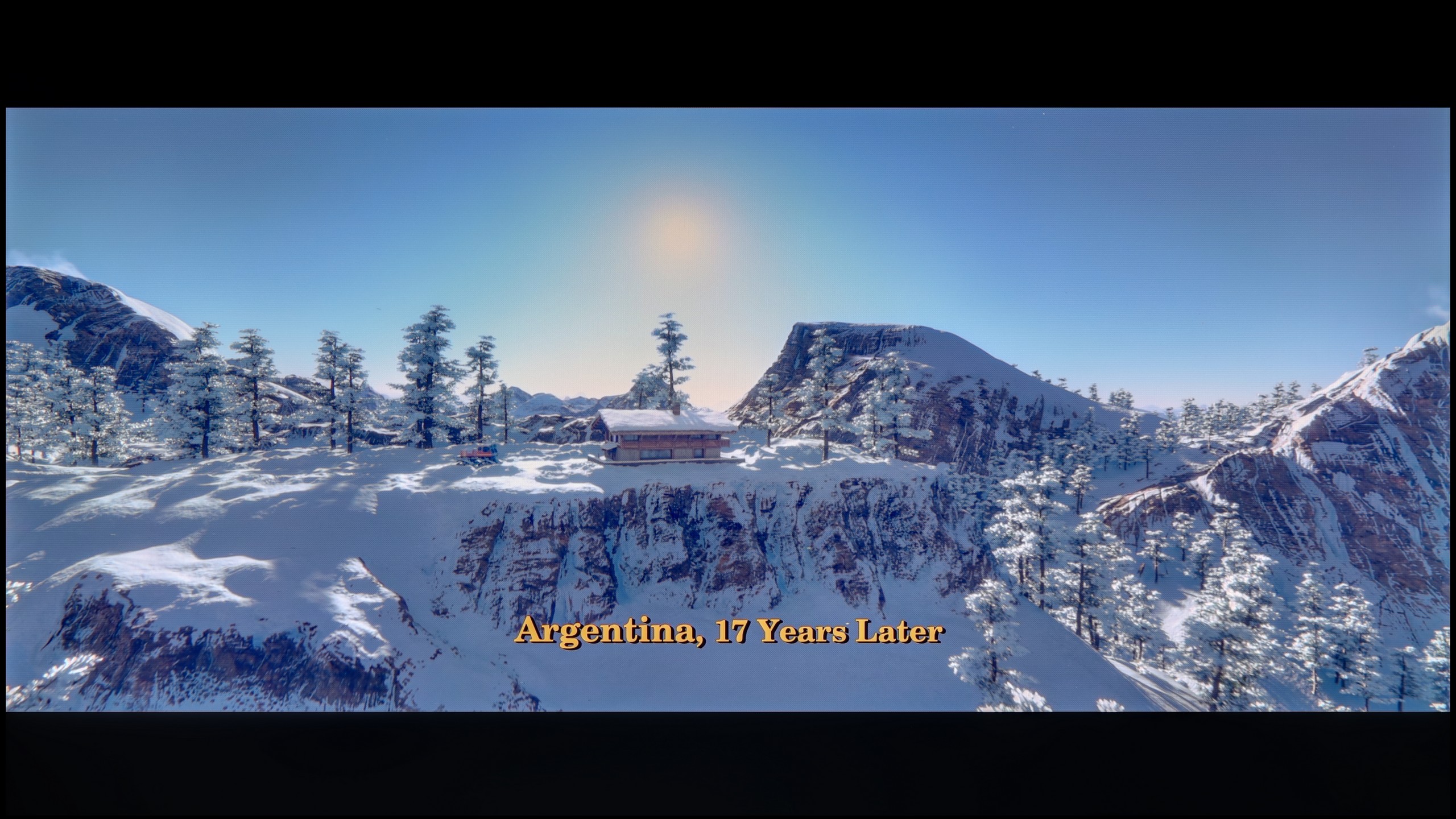
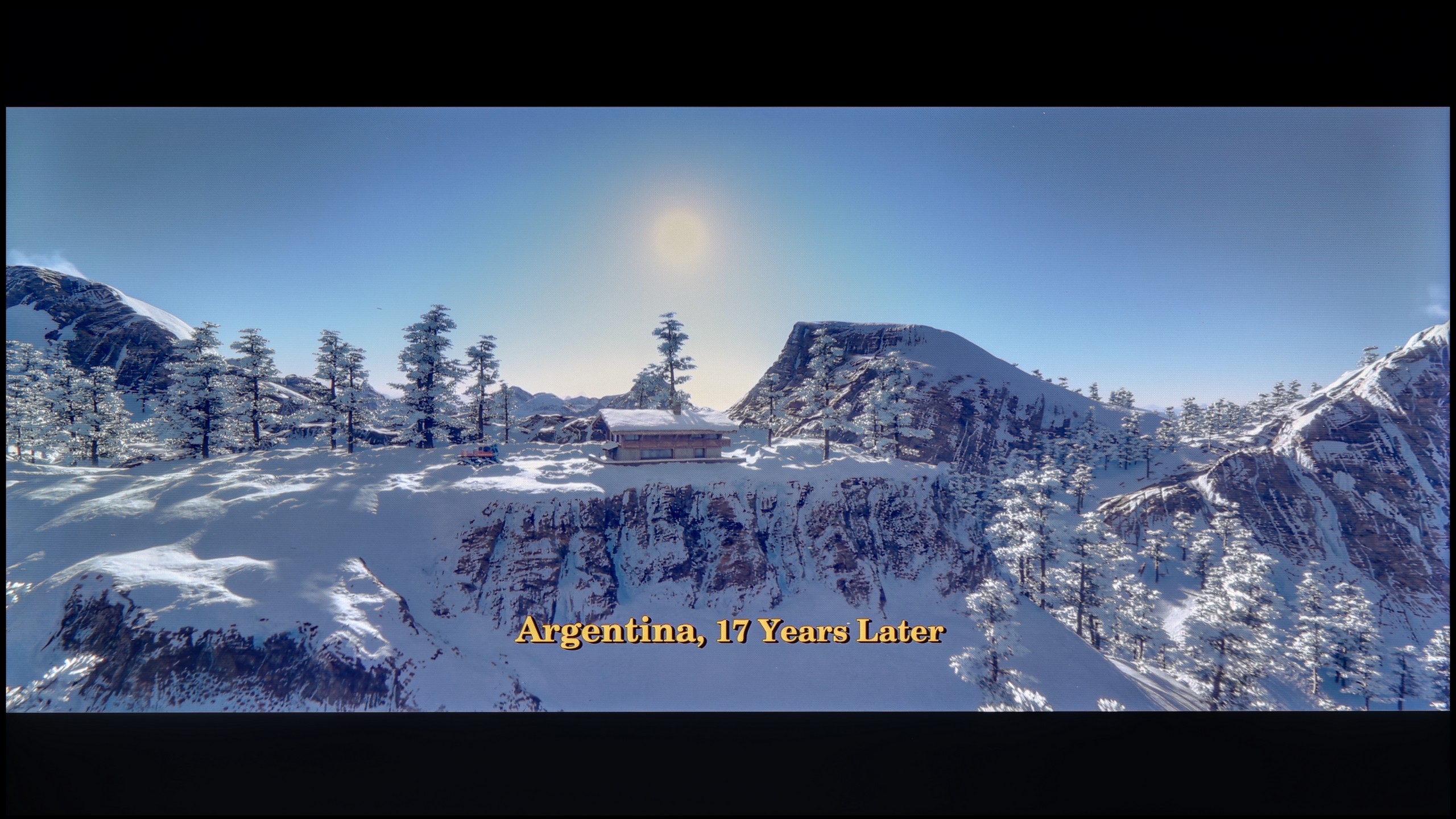


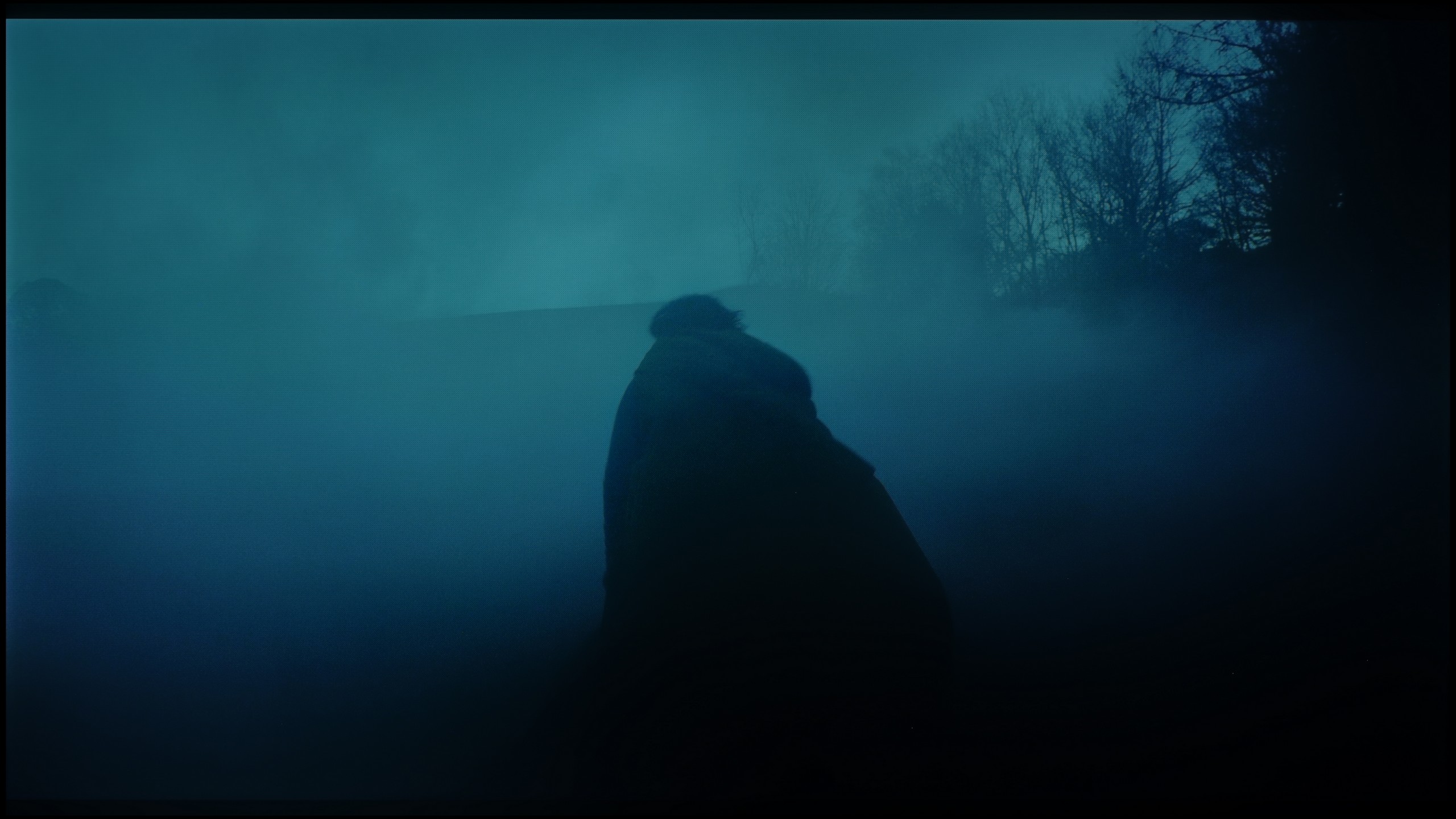

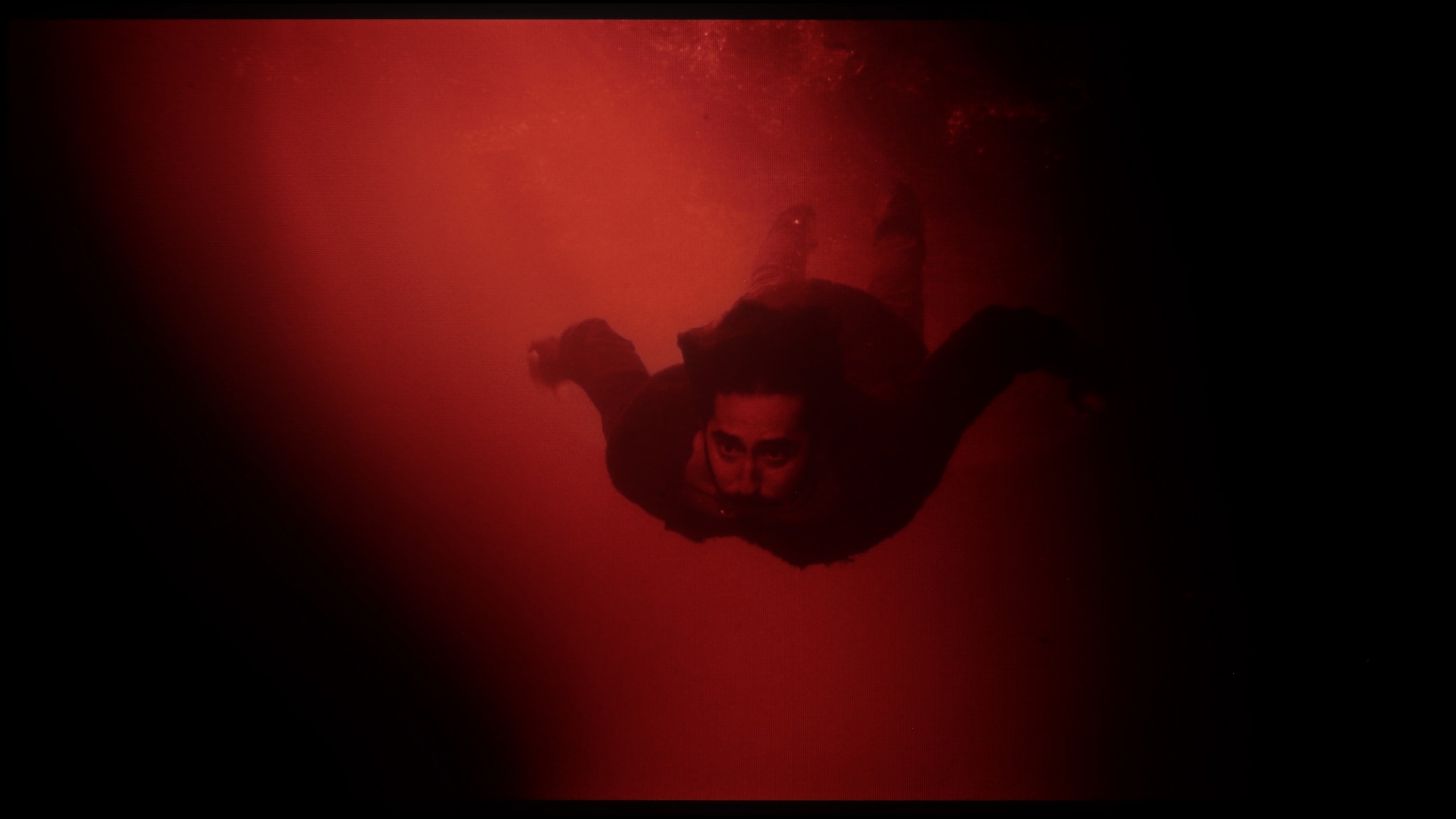
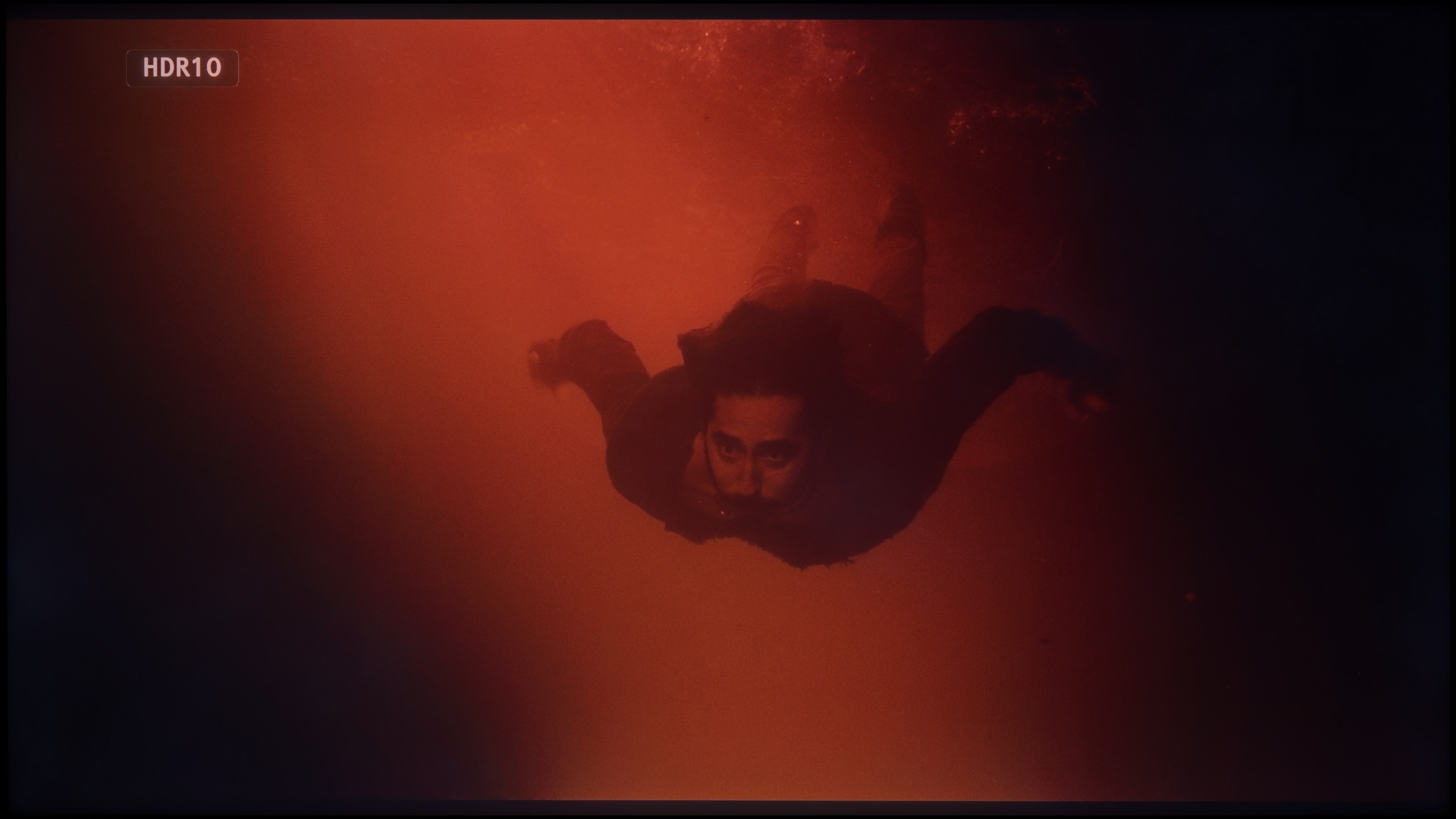




The U7Q performs exceptionally well when it comes to tonal transitions – we can confidently say that it reaches almost reference level, which is why in this category, the TV receives one of the highest possible ratings from us. The color blends are smooth, clean, and without visible bands. In most scenes, everything looks simply perfect, and any potential minor imperfections may only appear in very specific shots – although we hardly noticed them during testing.
Here we can confidently praise the Panasonic W85B. The television handles color blending and tonal transitions really remarkably. Gradients look smooth, without visible bands or artificial outlines. As a result, the image gains a natural quality, and sequences with a lot of subtle shades – like the sky or blurred backgrounds – look exceptionally good for this class of equipment.
Image scaling and smoothness of tonal transitions
6/10
6/10
Smooth transition function
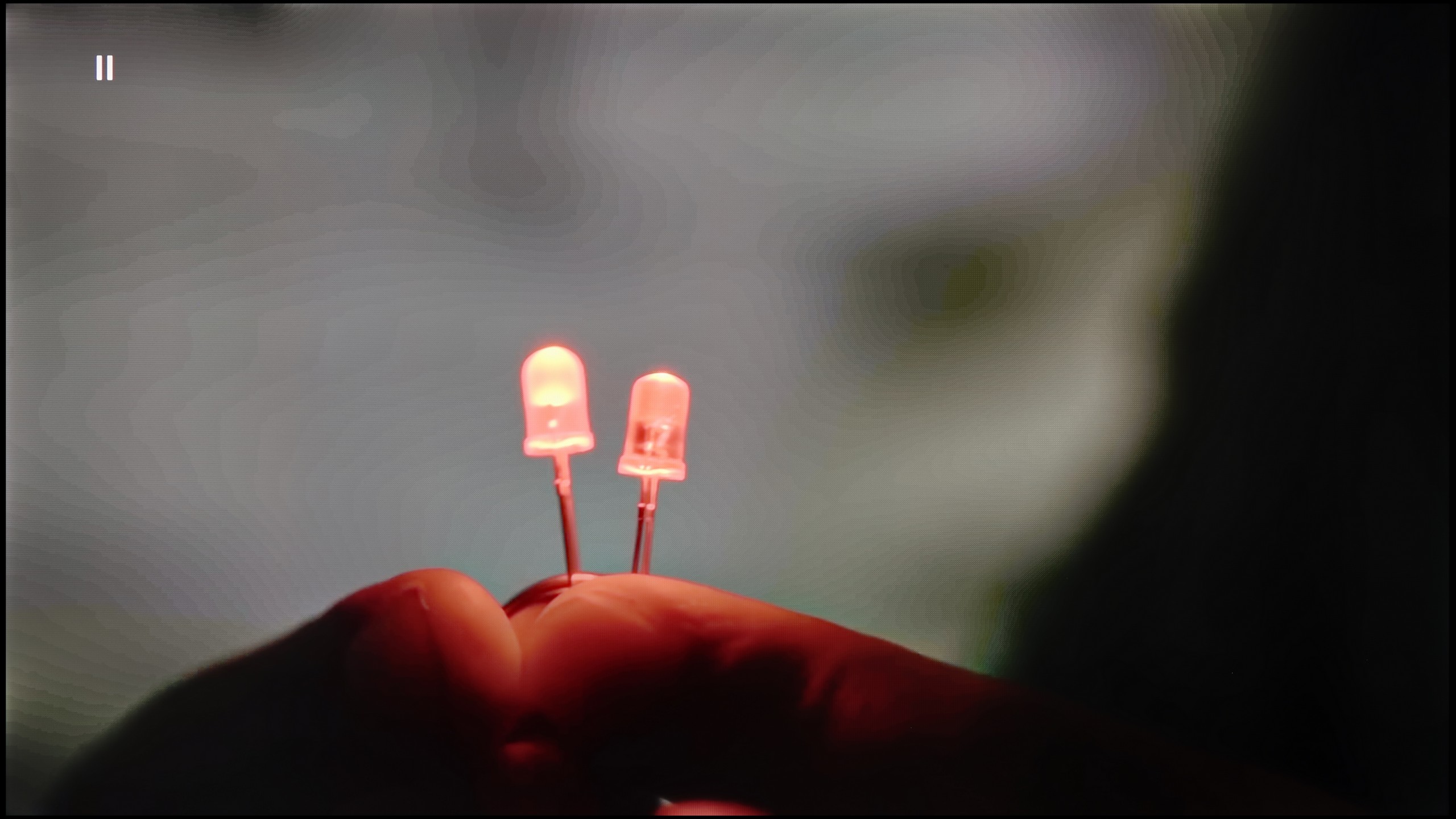
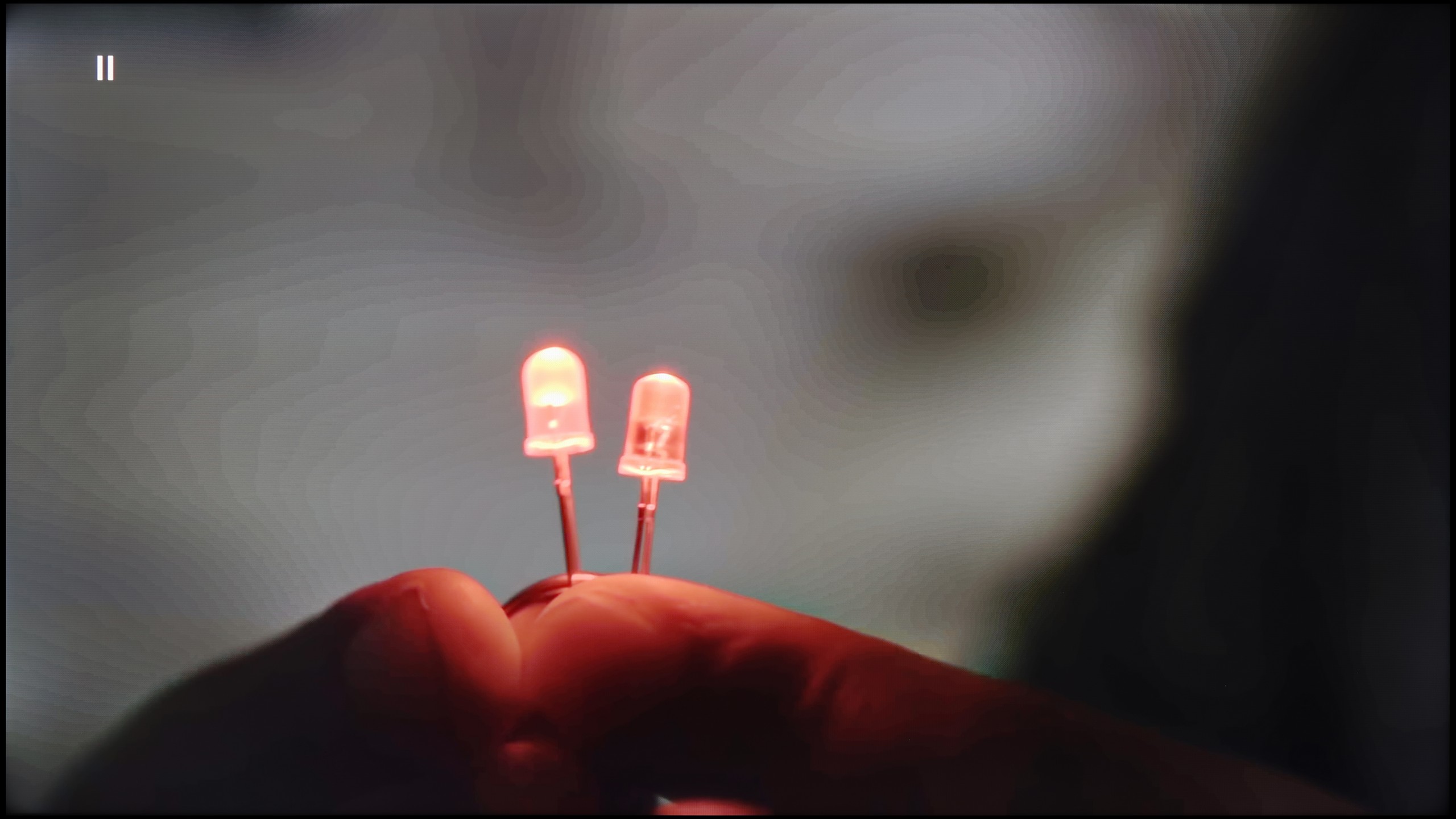
Image without overscan on the SD signal


There are situations where we would like to smooth out tonal transitions a bit, especially in older materials – those that have limited source quality. The U7Q is equipped with a feature called “Smooth and Gradient Image,” but unfortunately… it works very poorly. In the “Low” option, the effects are practically unnoticeable, and other settings smooth out details but do not improve tonal transitions. The only plus is that the feature does not interfere with film grain, so it does not ruin the natural structure of the image.
Fortunately, content scaling performs quite well. The image is not overly sharpened, there is no artificial clarity – and although it is known that this is not the level of high-end televisions, the U7Q handles displaying really old content in a completely acceptable manner without any problem.
With native SDR content, the Panasonic W85B performs very well – tonal transitions are smooth and natural, without artificial bands or clear contours. However, the situation looks worse with lower resolution materials. This is where the television has the biggest problem with "beautifying" the image. The lack of any option in the menu that would allow for improving gradation means that with older films or materials from YouTube, one can sometimes notice slight issues with color blending.
Fortunately, upscaling, or increasing the quality of lower resolution content, performs much better. This is definitely a strong point of this model – the image is scaled cleanly and in detail, and the television handles this better than one might expect from such an affordable device. This is thanks to the HCX processor, which Panasonic has been developing for years, and it shows that even in the lower series, it can do a good job.
Blur and motion smoothness
7.1/10
6.5/10
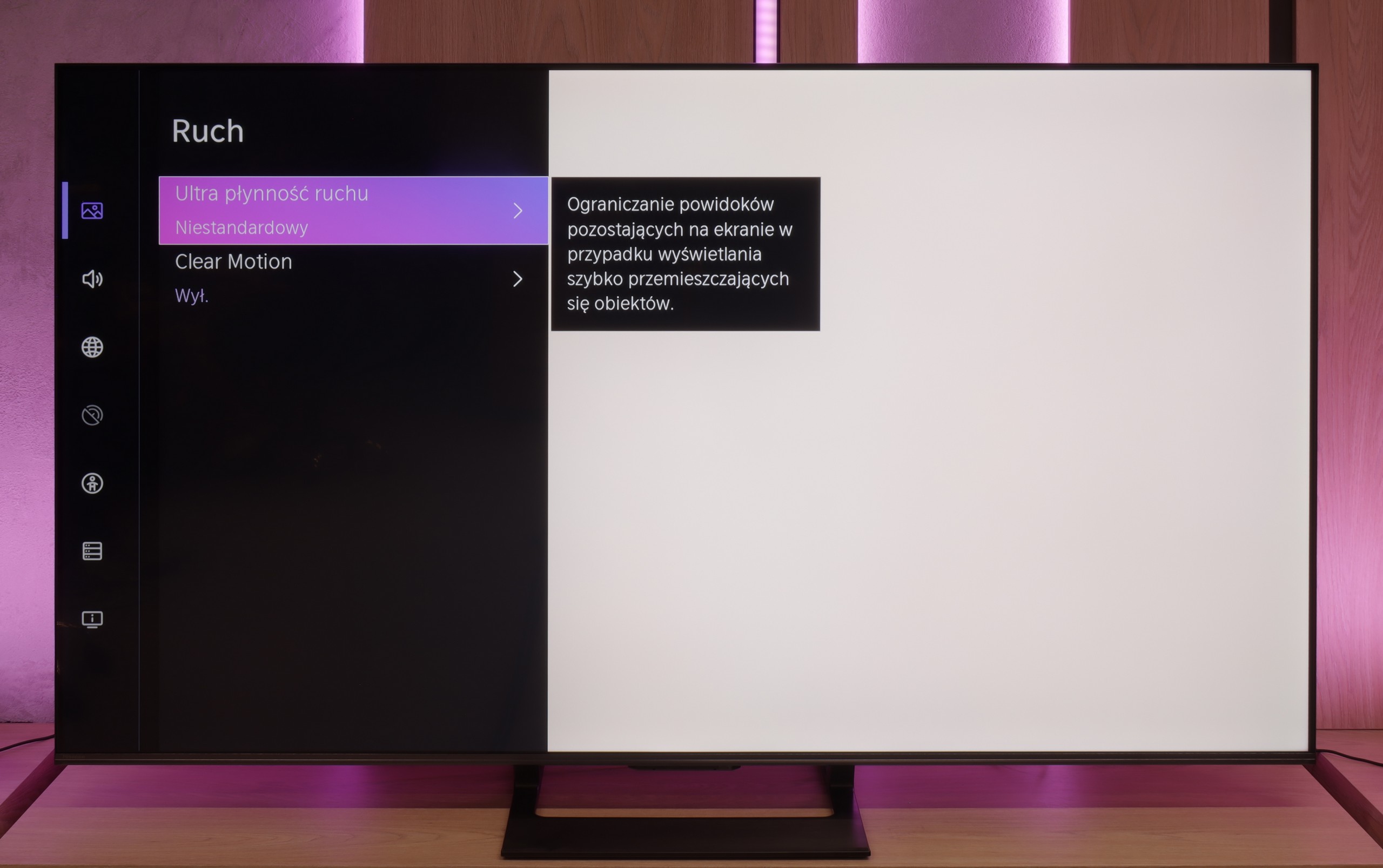
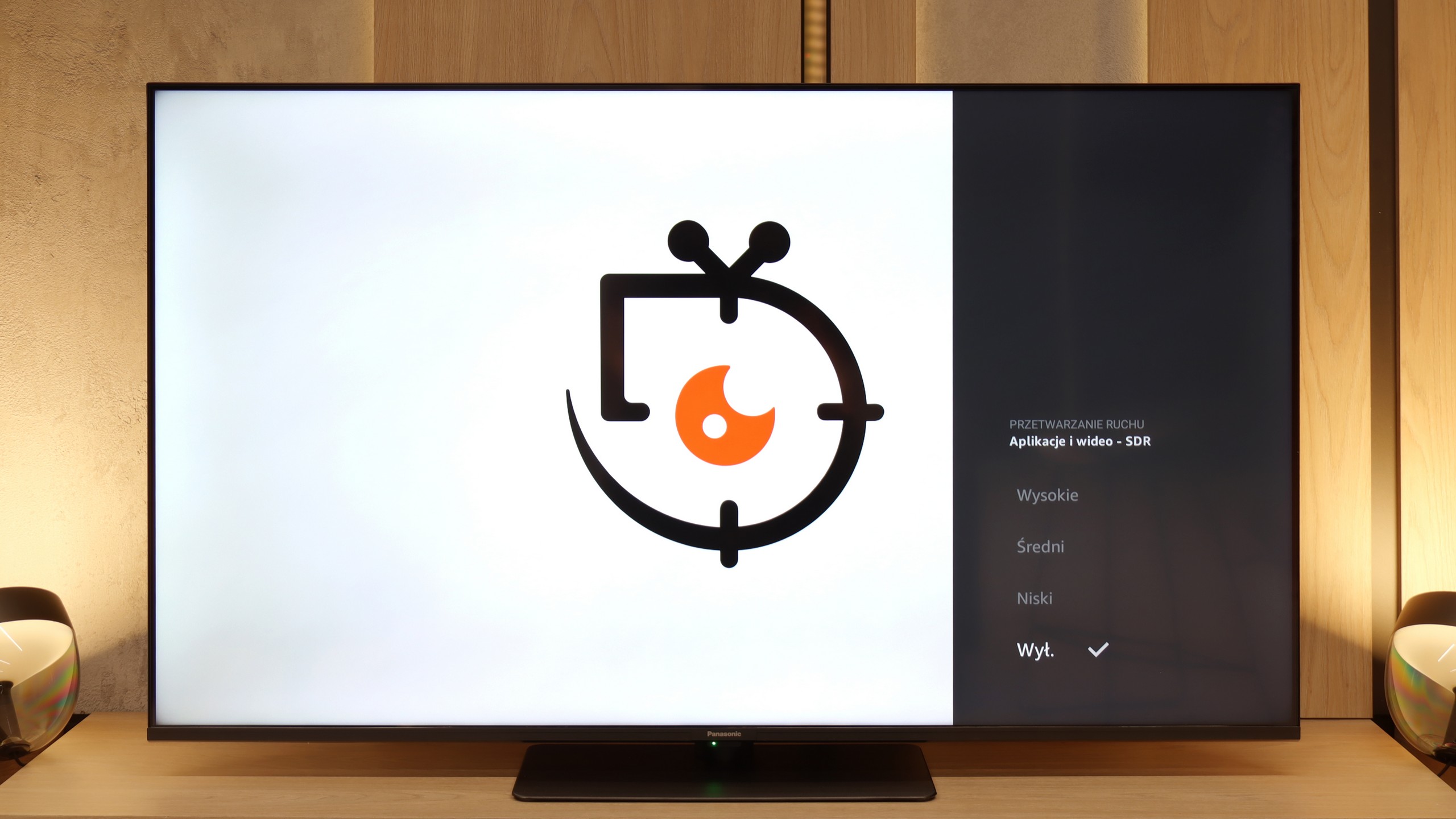
Blur (native resolution, maximum refresh rate):

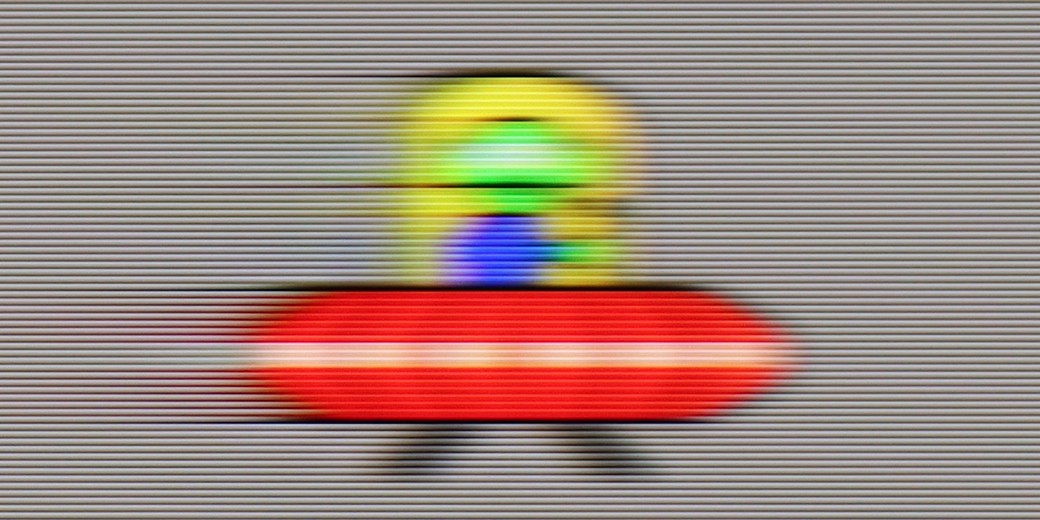
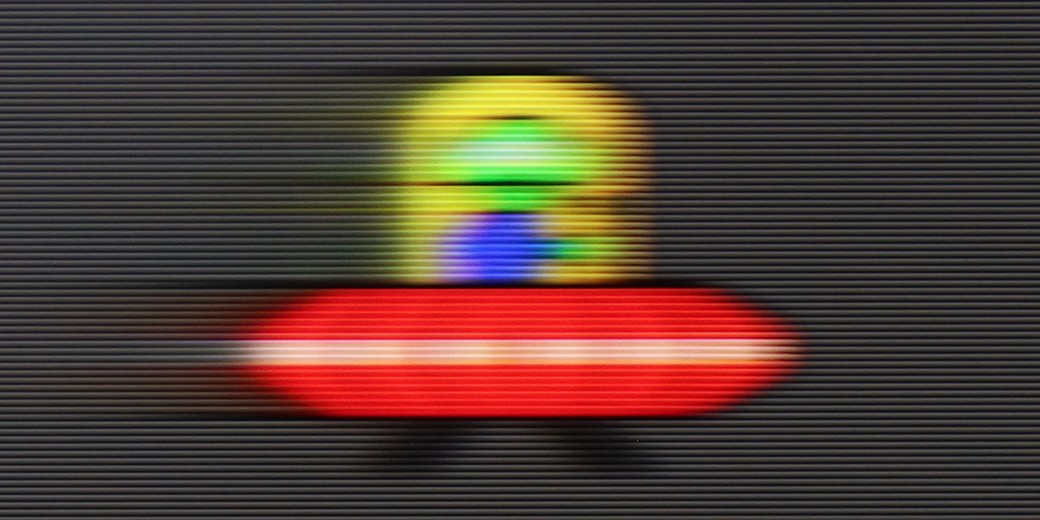


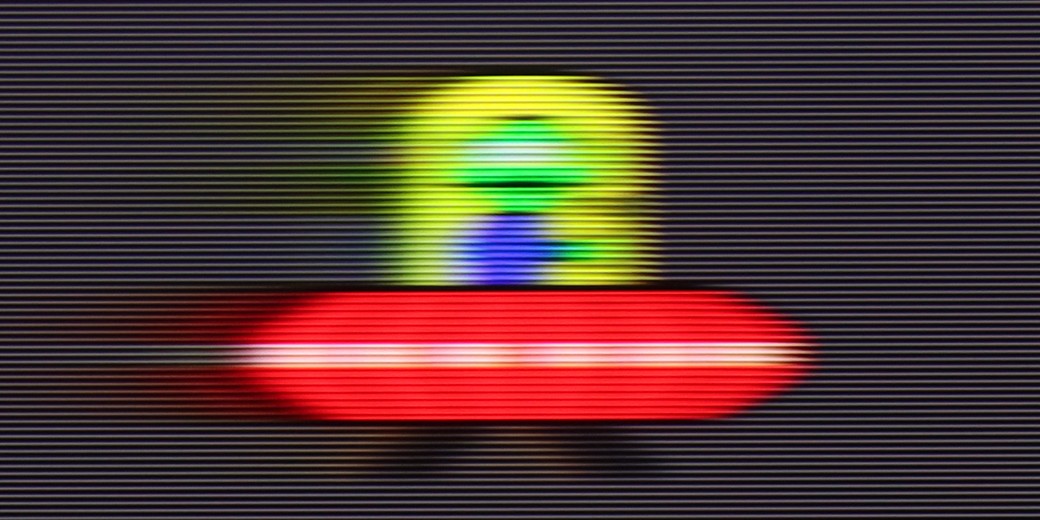
Blur (BFI function enabled):



Smużenie (1080p 240Hz):



Smużenie (4K@144Hz):


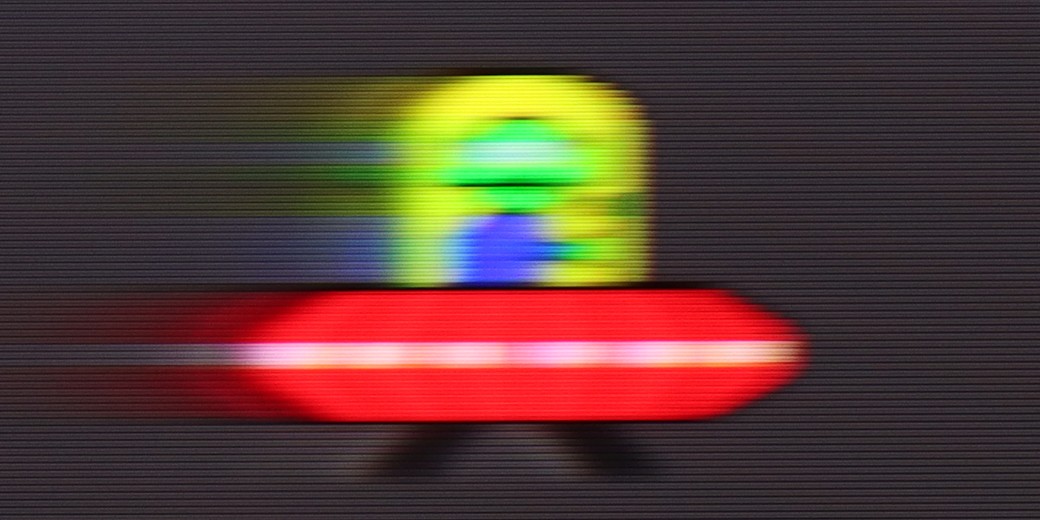
U7Q is truly a fast television, similar to its more powerful version "PRO". At a resolution of 4K, it supports up to 144 Hz refresh rate, and if someone wants even more – in Full HD you can achieve up to 240 Hz! This will mainly benefit PC gamers, but it’s worth appreciating – this is a rare feature in this price segment. Right from the start, it’s clear that U7Q was created with dynamic content in mind, such as games or sports. In films, we are not left "out in the cold" either – U7Q offers the "Ultra Motion Smoothness" feature, where using two sliders you can adjust whether you want a smoother, theatrical image, or something closer to a cinematic style with a visible frame. It’s good that, like with most manufacturers, we have a choice here and can adjust it to our own preferences.
At first glance, everything looks good – the Panasonic W85B has a 120 Hz panel and even a 144 Hz mode, so it seems that it should handle smooth motion well. The problem begins when we look into the settings. The options for improving fluidity are supposedly present in the menu, but in practice… they change nothing. No matter what we choose, the image looks the same. On top of that, there's a lack of BFI, which is the black frame insertion mode that helps sharpen motion in many TVs. And suddenly, it turns out that despite having a strong panel, the W85B doesn't give us any real tools to adjust that motion to our needs. It only works well when the source itself operates at a higher frequency – for example, games at 120 Hz. But when it comes to movies or sports, we just have to take what the TV shows us, because there's nothing more we can do about it.
Console compatibility and gaming features
8.5/10
8.5/10
- ALLM
- VRR
- VRR range48 - 240Hz48 - 144Hz
- Dolby Vision Game Mode
- Correct implementation of HGIG
- 1080p@120Hz
- 1440p@120Hz
- 4K@120Hz
- Game bar
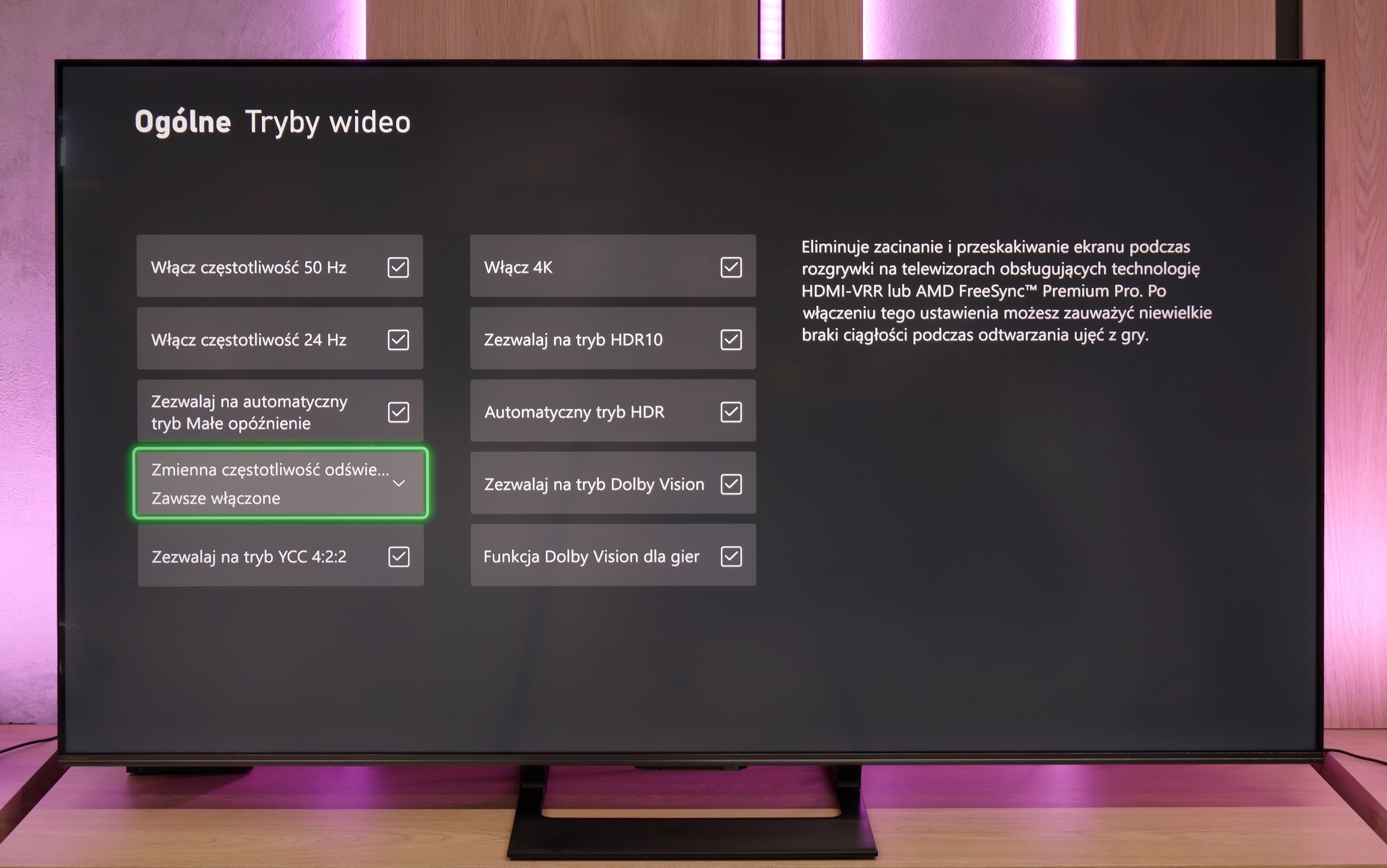
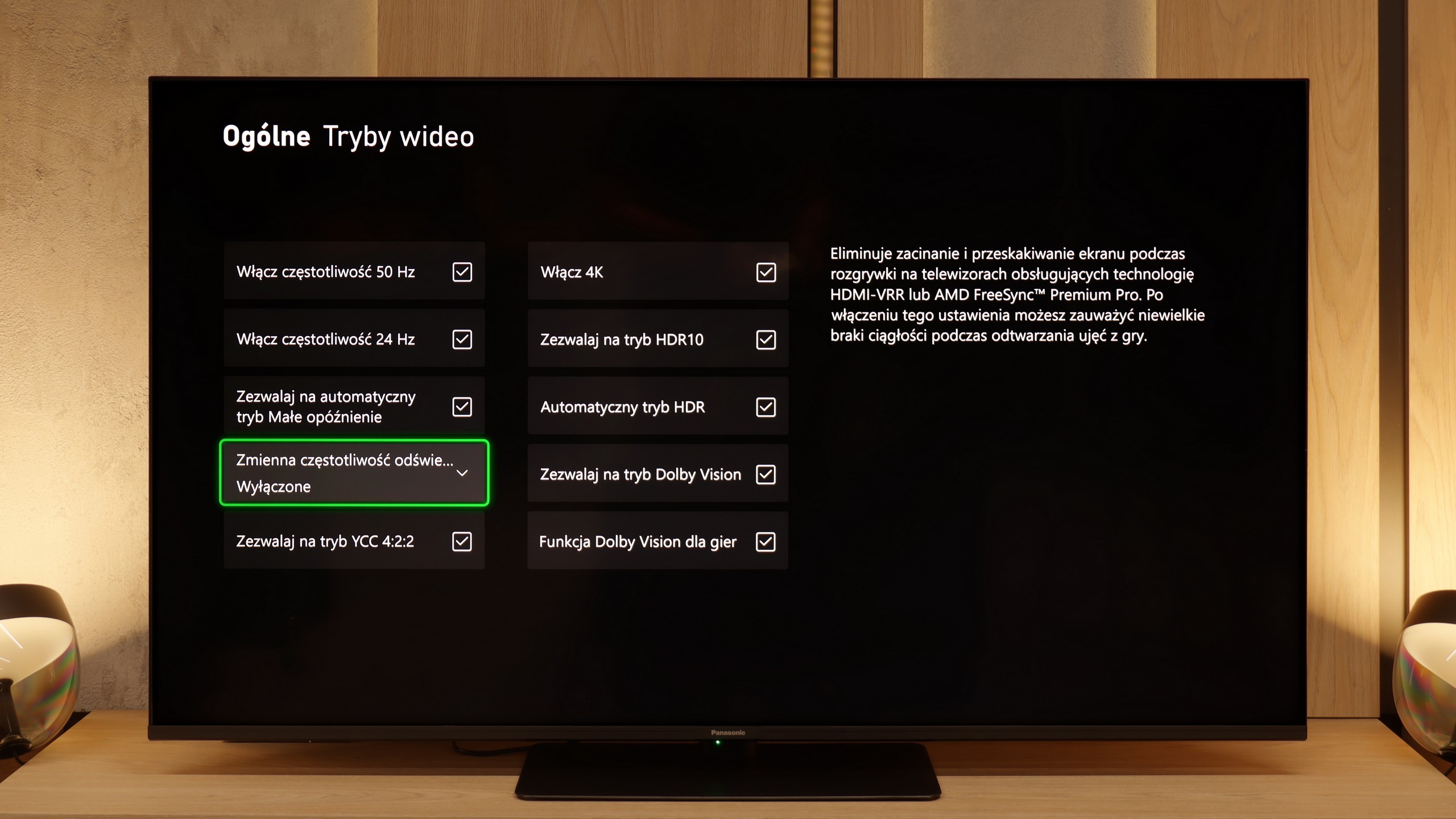
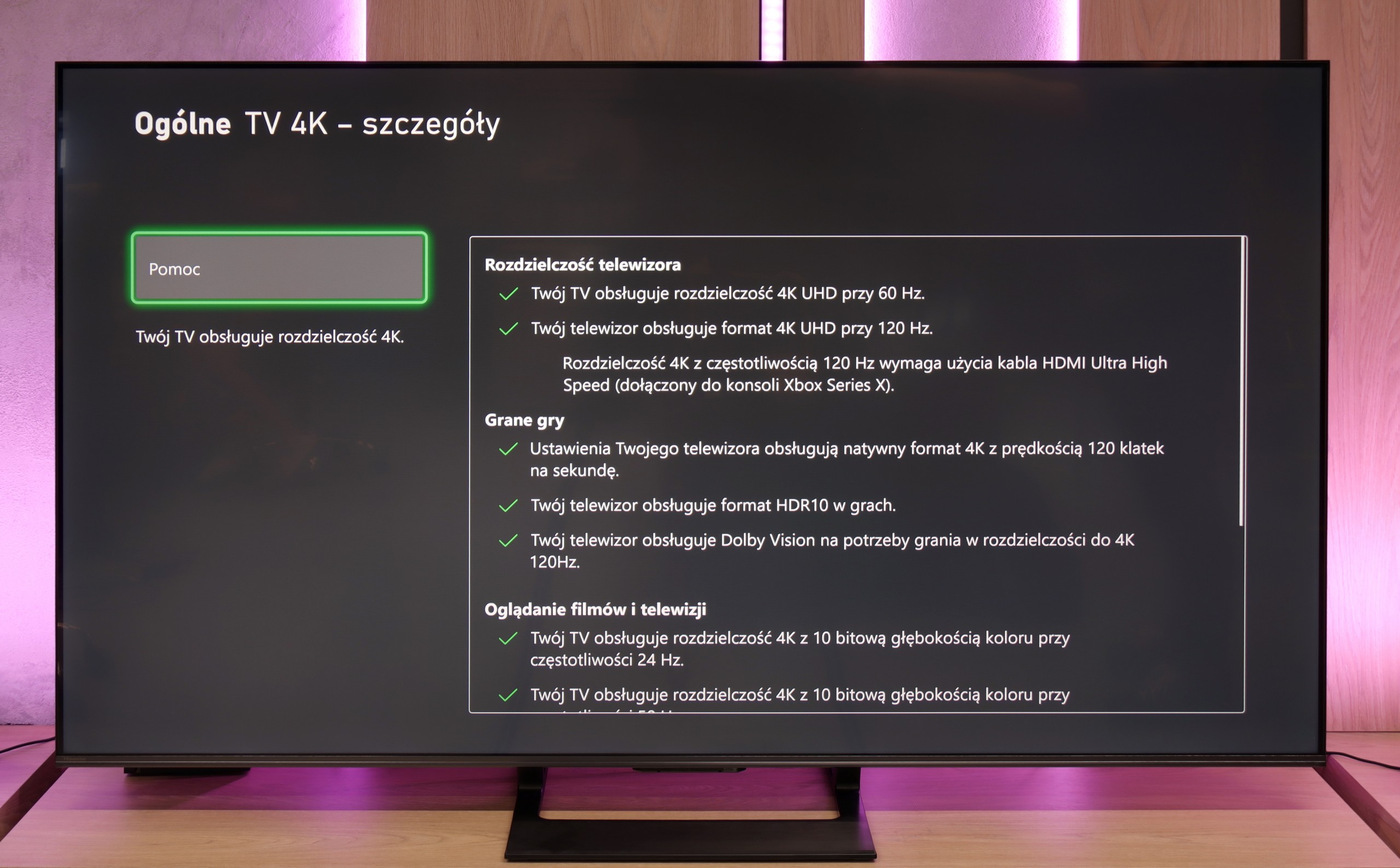
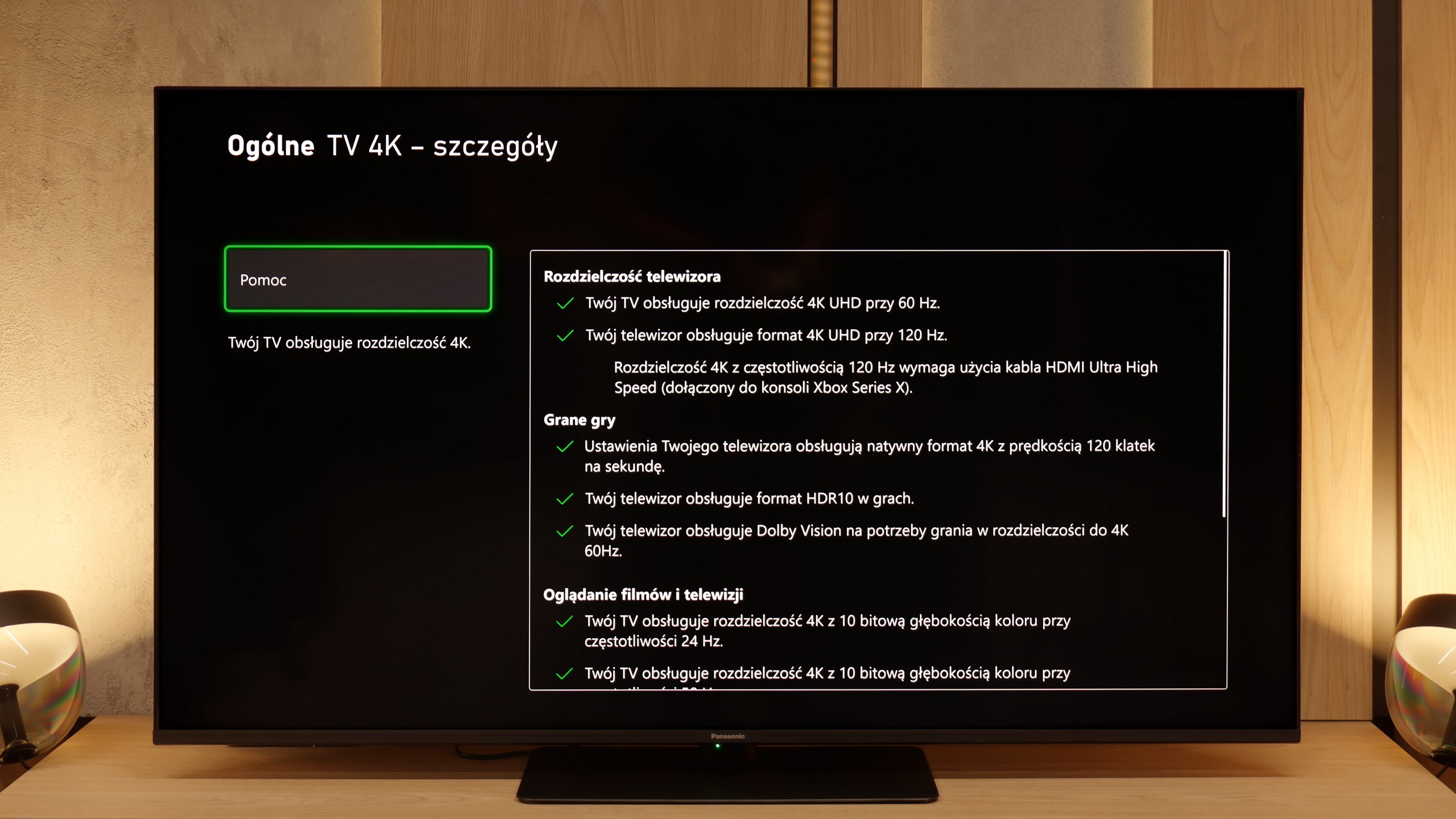
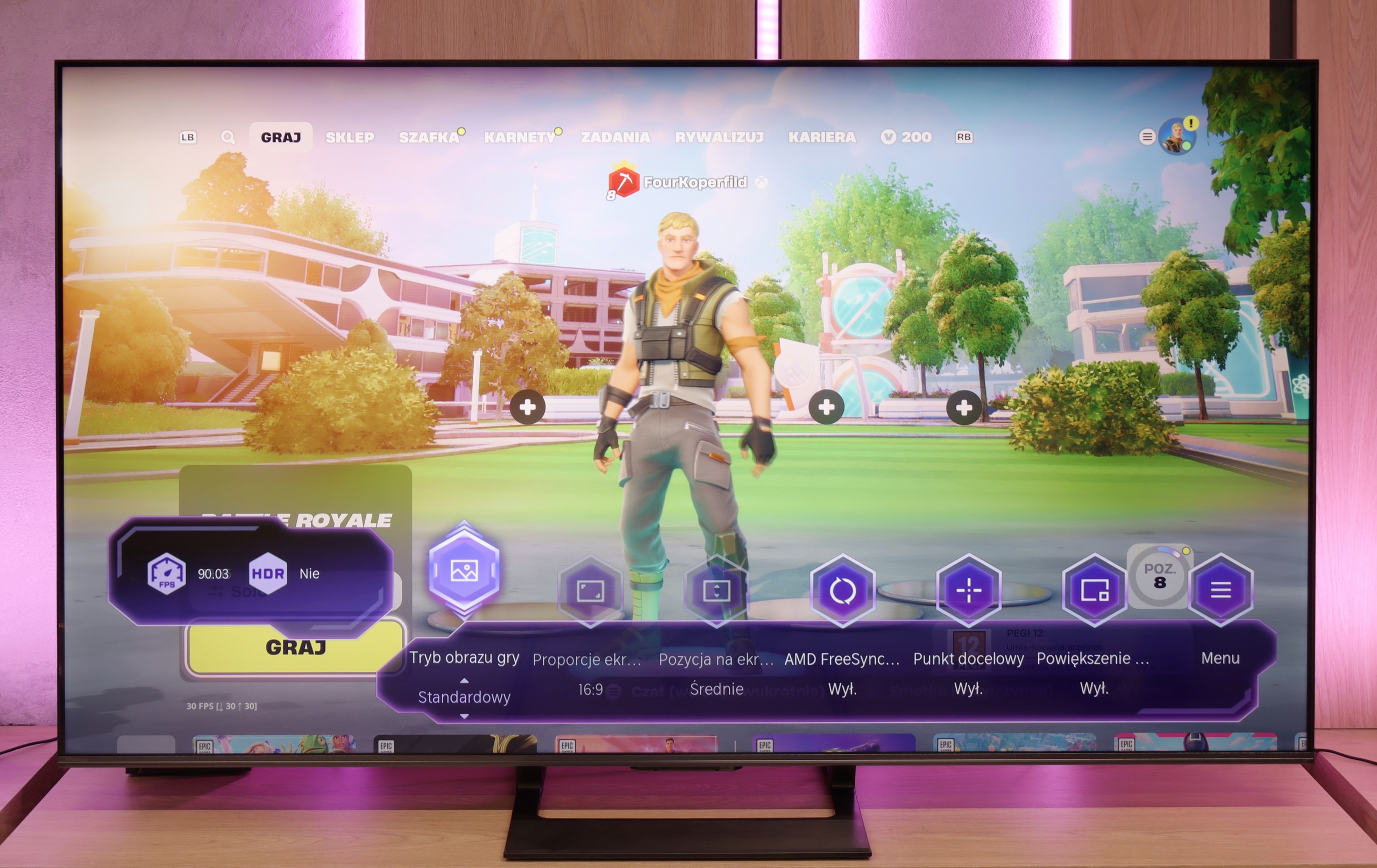
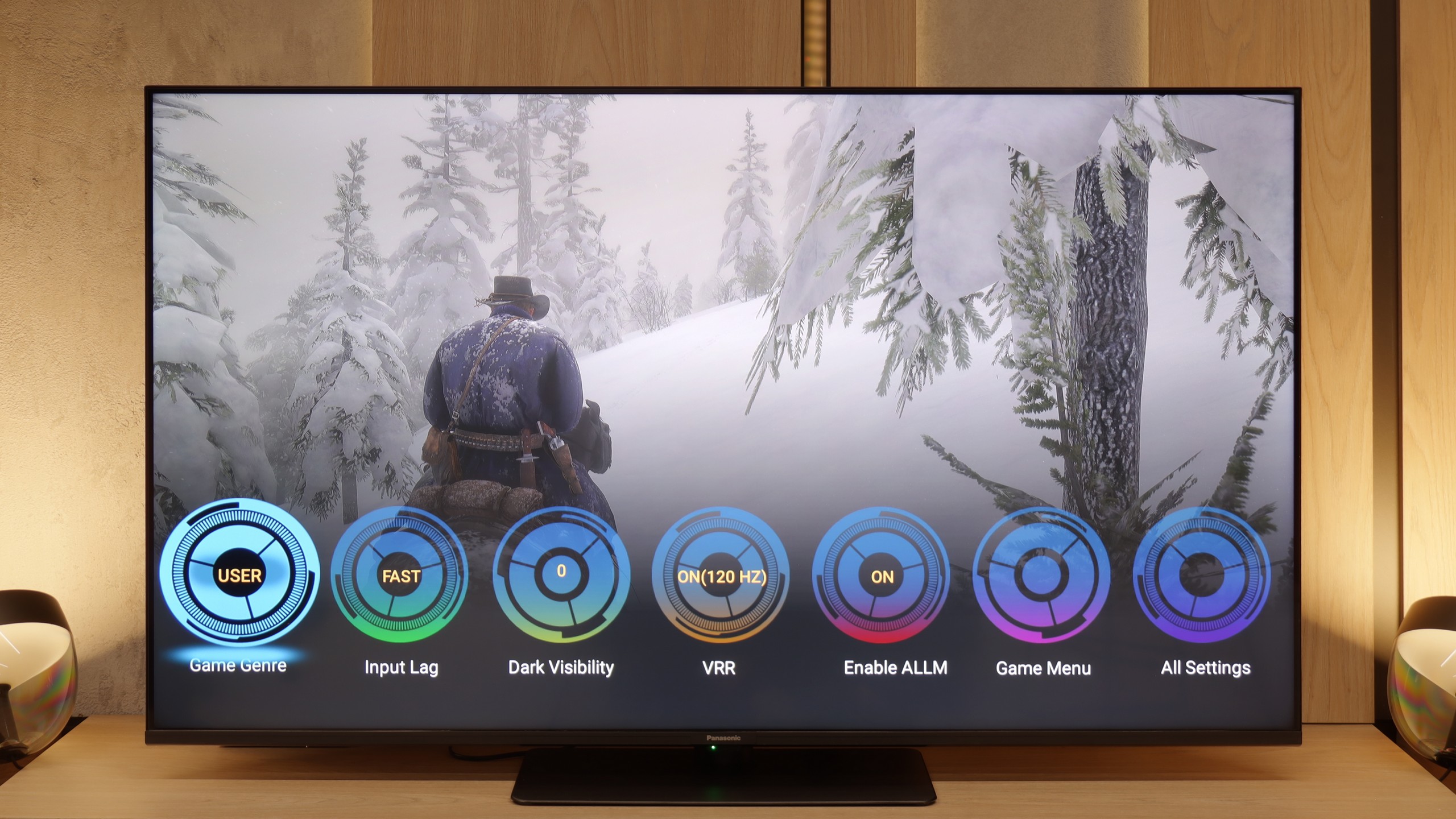
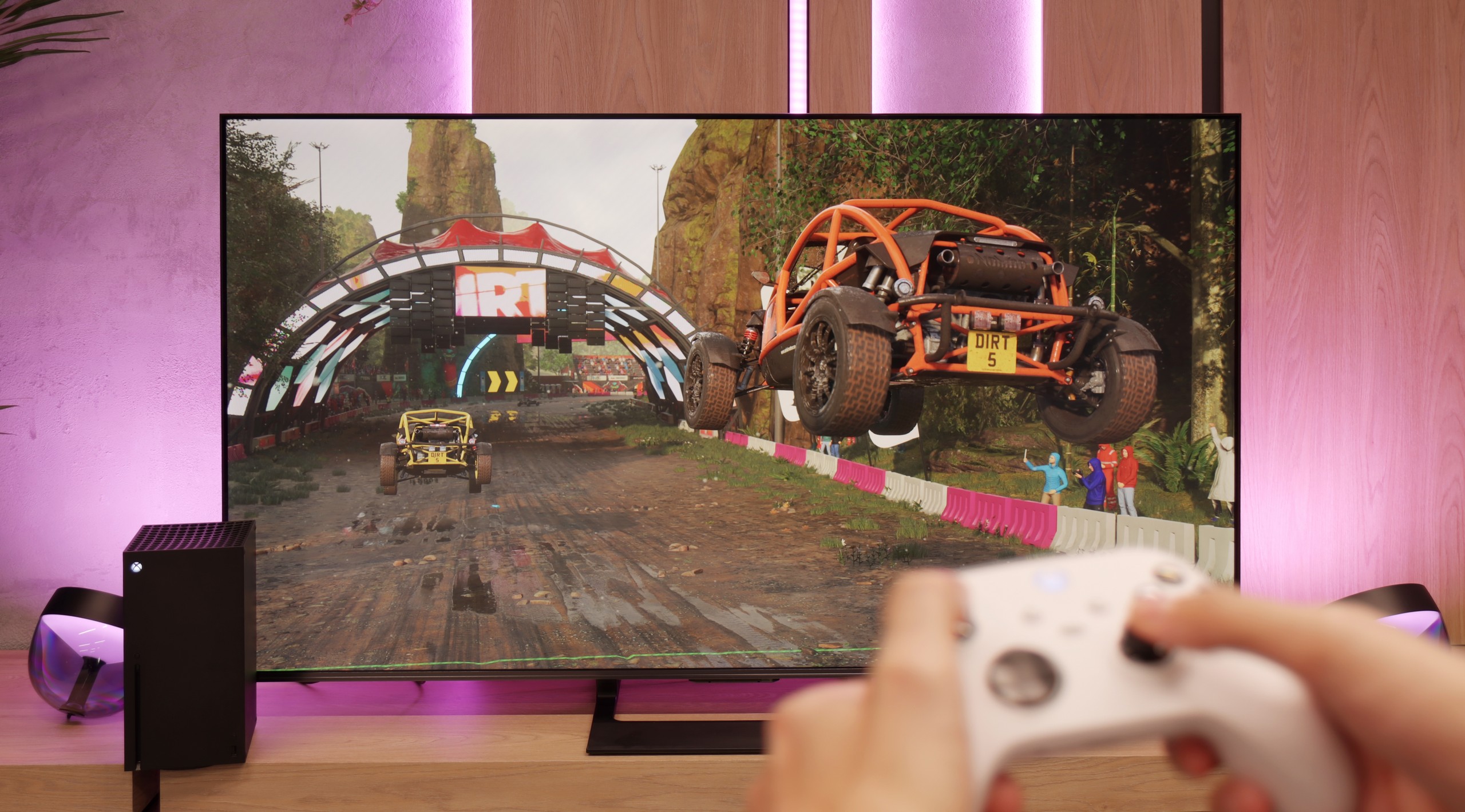
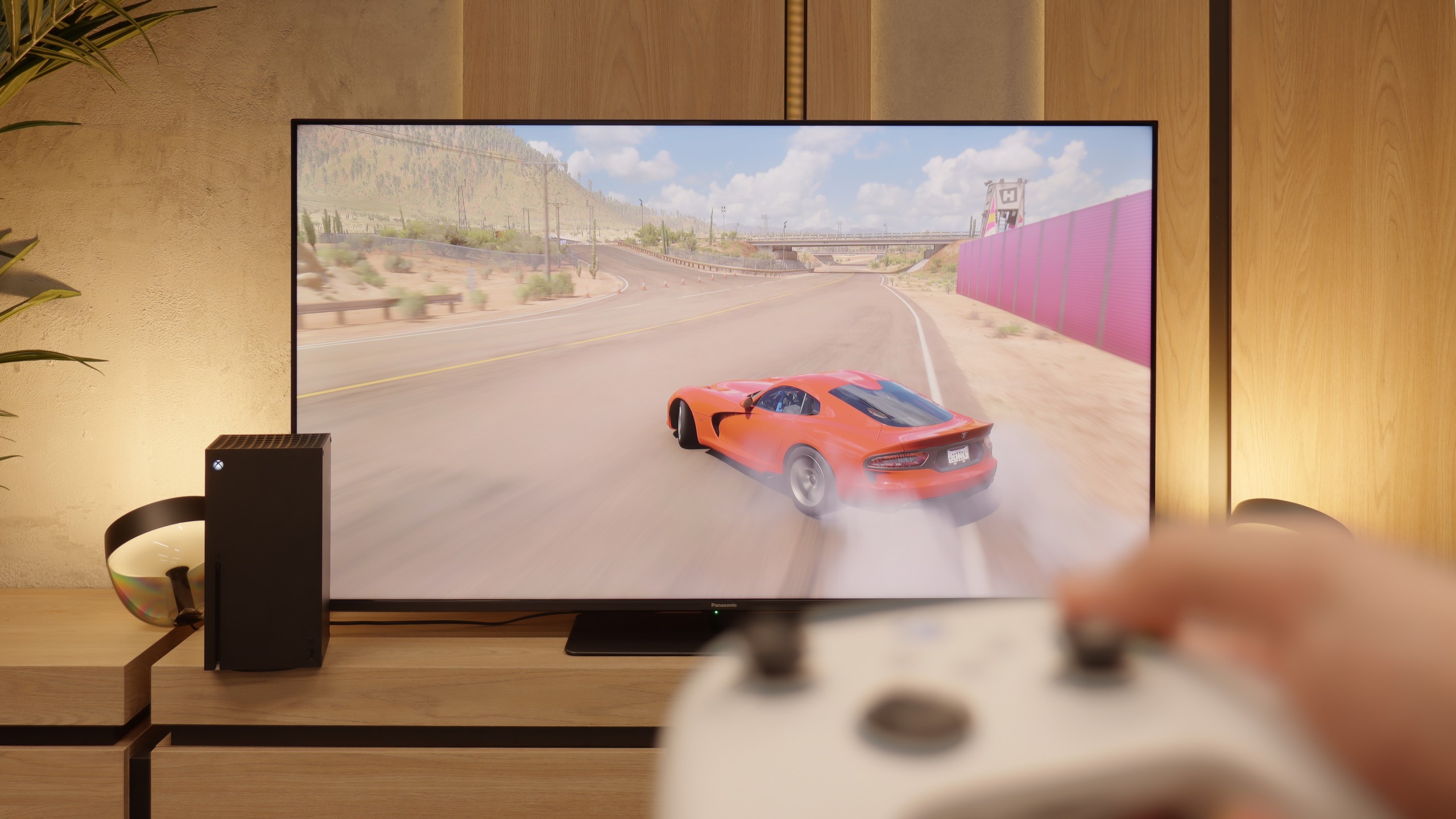
The Hisense U7Q is a TV designed for gamers – and you can see that right away based on its gaming capabilities. It has practically everything you could wish for: variable refresh rate (VRR) – check, automatic game mode (ALLM) – also check, and high refresh rates of up to 240 Hz in Full HD, as well as support for various resolutions, not just 4K. It's truly a great set of features that makes the U7Q excel in both fast-paced shooters on consoles and more demanding titles on PC. Of course – like in most Hisense models – it lacks a proper implementation of the HGiG function. That's a shame because HGiG allows you to adjust the brightness of the console to the specific TV, which in practice makes displaying HDR games according to the creators' intentions much easier. Without this, you simply have to reckon with certain limitations in the final HDR image in games.
On paper, the Panasonic W85B looks really solid. Here we have two full HDMI 2.1 ports, support for ALLM, variable refresh rate, Dolby Vision in games, and of course, a high refresh rate for the panel itself. Additionally, there’s the characteristic Panasonic game bar that allows you to check key parameters with one click and quickly change them if necessary. Sounds great, but the problem arises when we activate HDR. Here, the W85B significantly falters because it lacks proper HGiG implementation – the TV manages brightness poorly, and instead of faithful image rendering, we get scenes that are too bright, sometimes even blown out. The solution? The simplest – turn off HDR in the console settings and leave everything in SDR. And here it gets really interesting, because in this scenario, the W85B shows its better side. Low input lag, high smoothness thanks to 120 Hz – all of this makes gaming look phenomenal. Yes, HDR can be sacrificed, but if responsiveness and smooth gameplay are priorities, the W85B provides a lot of fun.
Input lag
9.7/10
9.8/10
SDR
HDR
Dolby Vision
Input lag on the U7Q is really impressive. With 120 Hz content, we recorded around 9 ms, and with 60 Hz – around 17 ms. These are outstanding results that make the TV perform excellently even in dynamic games that require quick reactions. There is hardly anything to criticize here. Of course, as is often the case, the Dolby Vision mode in games seems a bit slower compared to classic SDR or HDR. This will mainly be noticeable for Xbox Series X/S console users, which are the only ones that support Dolby Vision Gaming. Fortunately, input lag still remains below 30 ms, so in practice, this is still an acceptable level even for more demanding gamers.
There is really nothing to be afraid of here. The Panasonic W85B reacts instantly to our movements, and the values measured in tests can easily compete with gaming monitors. With a 120 Hz signal, the input lag is around 8–10 ms, and at 60 Hz it hovers around 17–20 ms. In practice, this means one thing – no delays, no frustration! You press the button, and the action happens right away on the screen.
Compatibility with PC
8.6/10
8.6/10
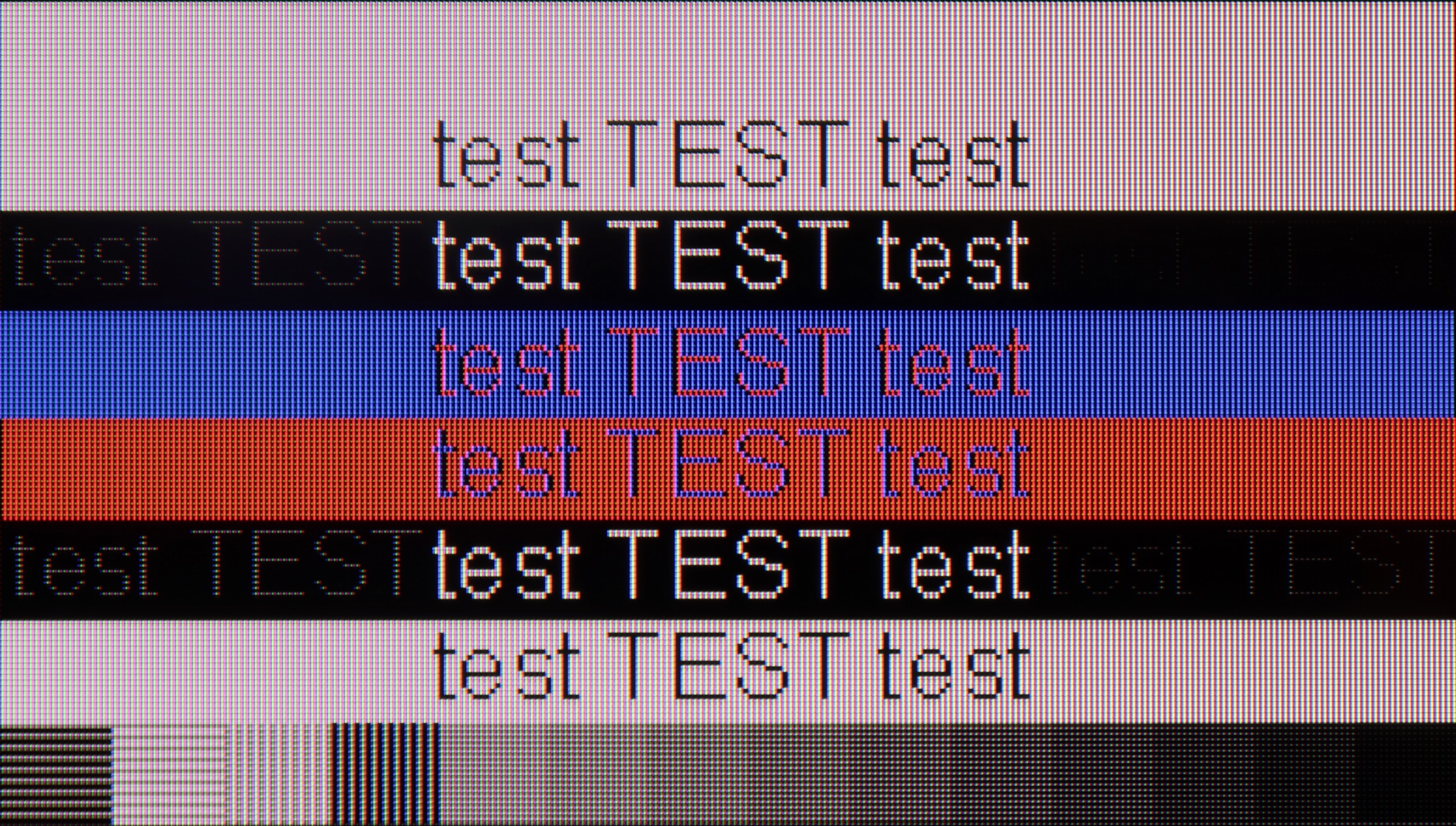
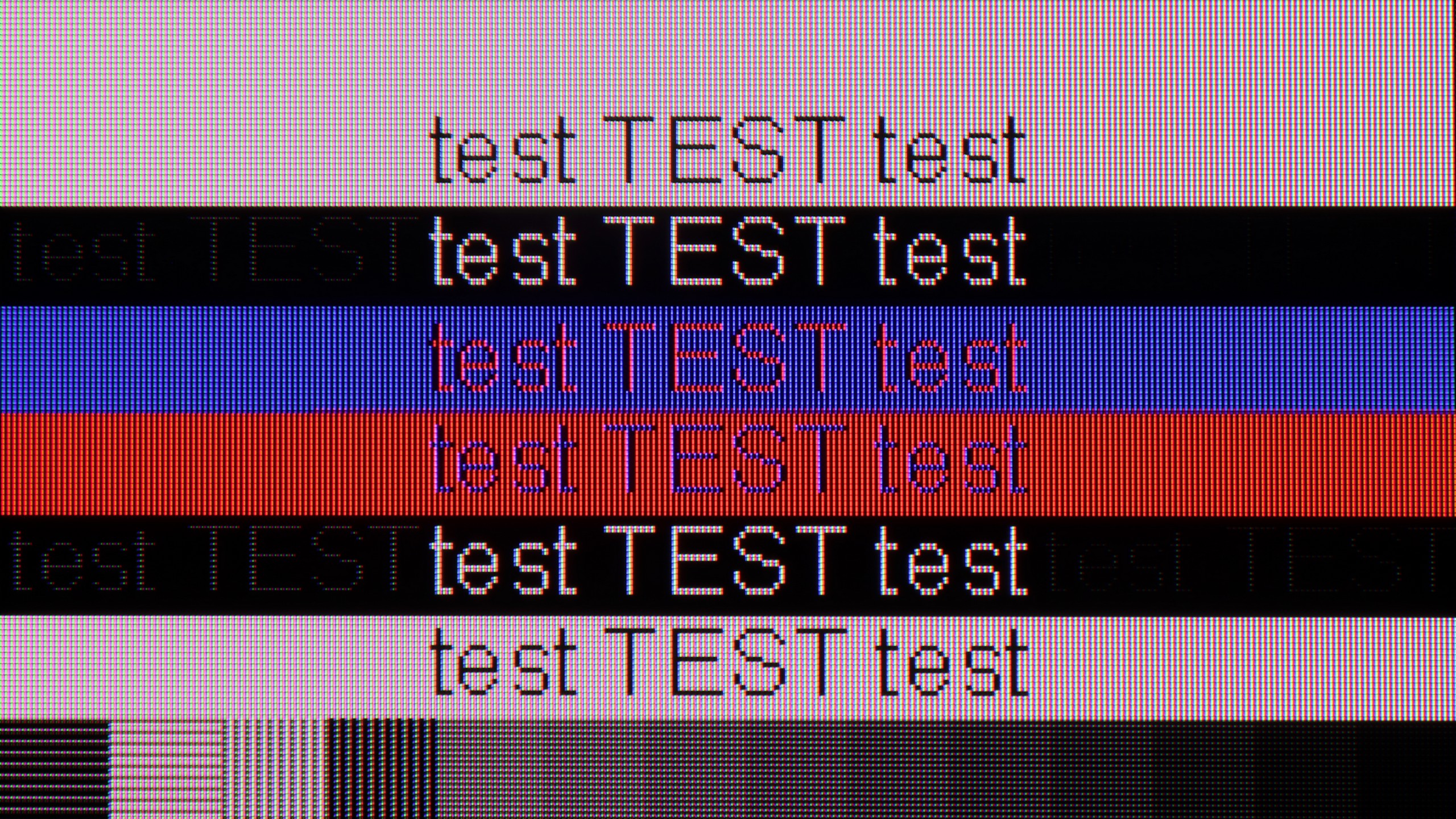
The U7Q communicates excellently with the computer. For gamers, this is great news – we have high refresh rates, low input lag, and G-SYNC support, so gaming from the PC is pure pleasure. But the U7Q also performs well in everyday tasks. If someone uses a computer for text, browsing the internet, or office work – there’s nothing to complain about. The television correctly handles chroma 4:4:4, so fonts look sharp and clear, without blurriness or strange contours. Both lowercase and uppercase letters are simply readable – just as they should be.
The Panasonic W85B performs surprisingly well as a computer monitor. It's practically perfect for office work – the fonts are sharp and very readable thanks to full chroma 4:4:4 support, so it's easy to type, browse the web, or work on spreadsheets. But the real "fun" starts with gaming. The TV easily handles refresh rates up to 144 Hz for PC, and it also supports popular image synchronization technologies like NVIDIA G-Sync and AMD FreeSync. Because of this, we don't have to worry about screen tearing or micro-stutters – the gameplay is smooth and simply looks great.
Viewing angles
3/10
3.2/10
The viewing angles on the U7Q are rather weak – this is simply a typical characteristic of VA panels. Straight on, everything looks very good: blacks are deep, colors are saturated, and the contrast is high. But just shifting slightly to the side causes the image to start losing quality – colors become washed out, and blacks begin to resemble dark gray. Compared to TVs with IPS panels, the U7Q performs worse, although on the other hand, it makes up for it with better contrast and deeper blacks.
Here you can see the biggest price we pay for the high quality of the VA matrix contrast. The W85B, like most TVs with this type of panel, does not perform well when viewing from a greater angle. Colors lose intensity and the image begins to fade as soon as we move away from the screen's axis. This is not a flaw of Panasonic itself, but rather a feature of VA technology – great contrast in exchange for weaker viewing angles. So if you plan to watch movies with a larger group and often sit "to the side," keep this in mind.
TV efficiency during daytime
6.2/10
4.2/10
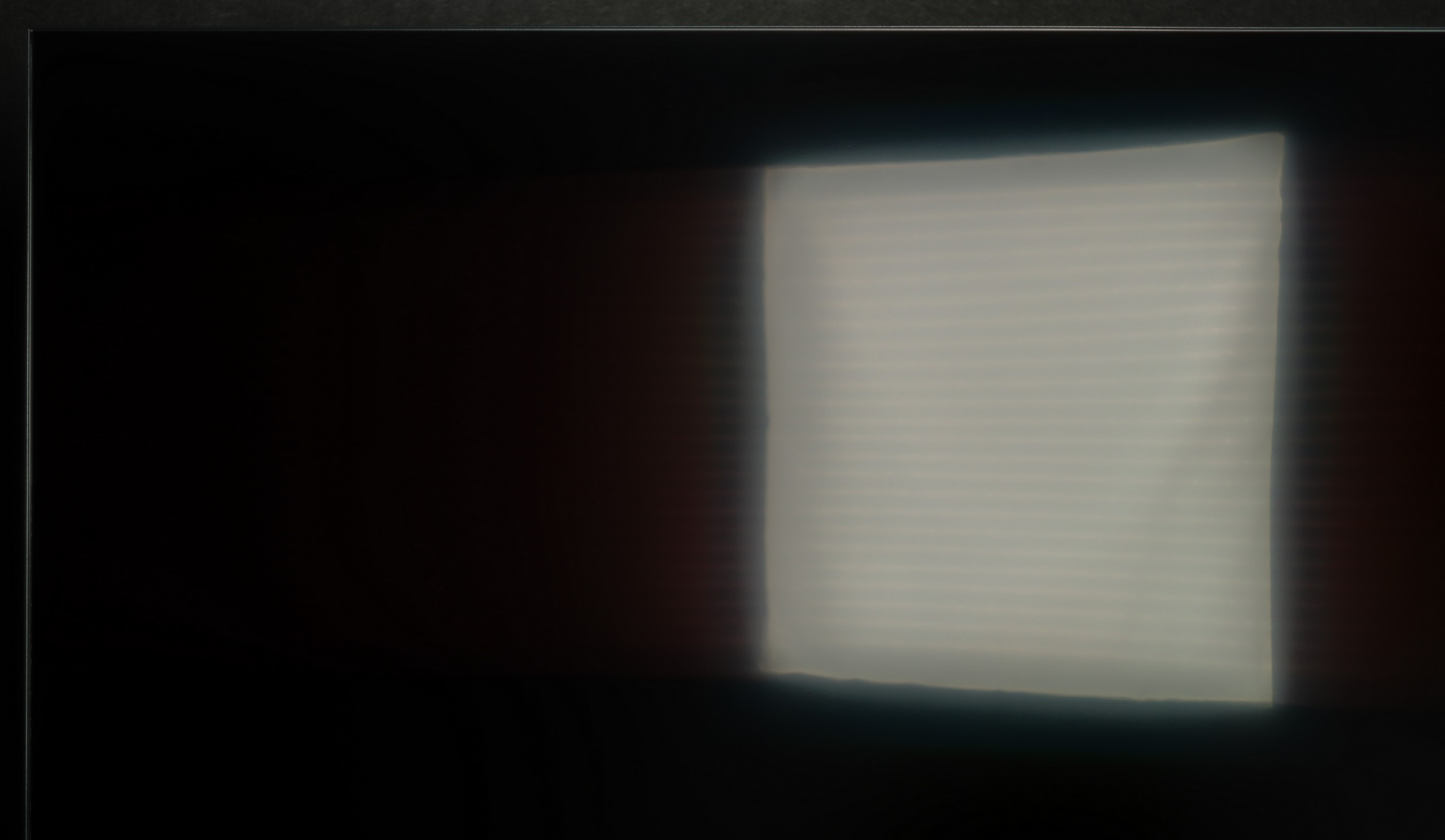
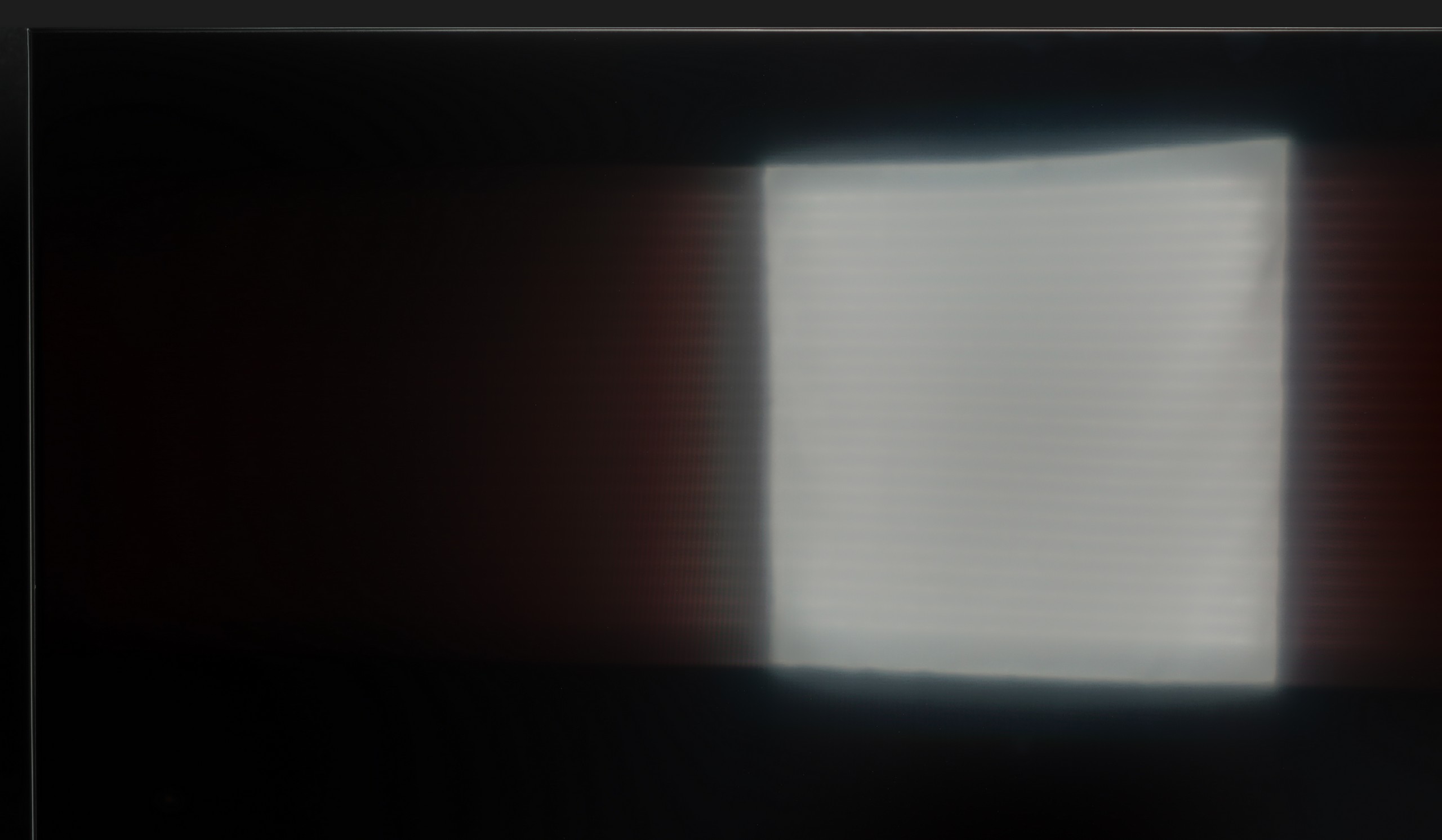
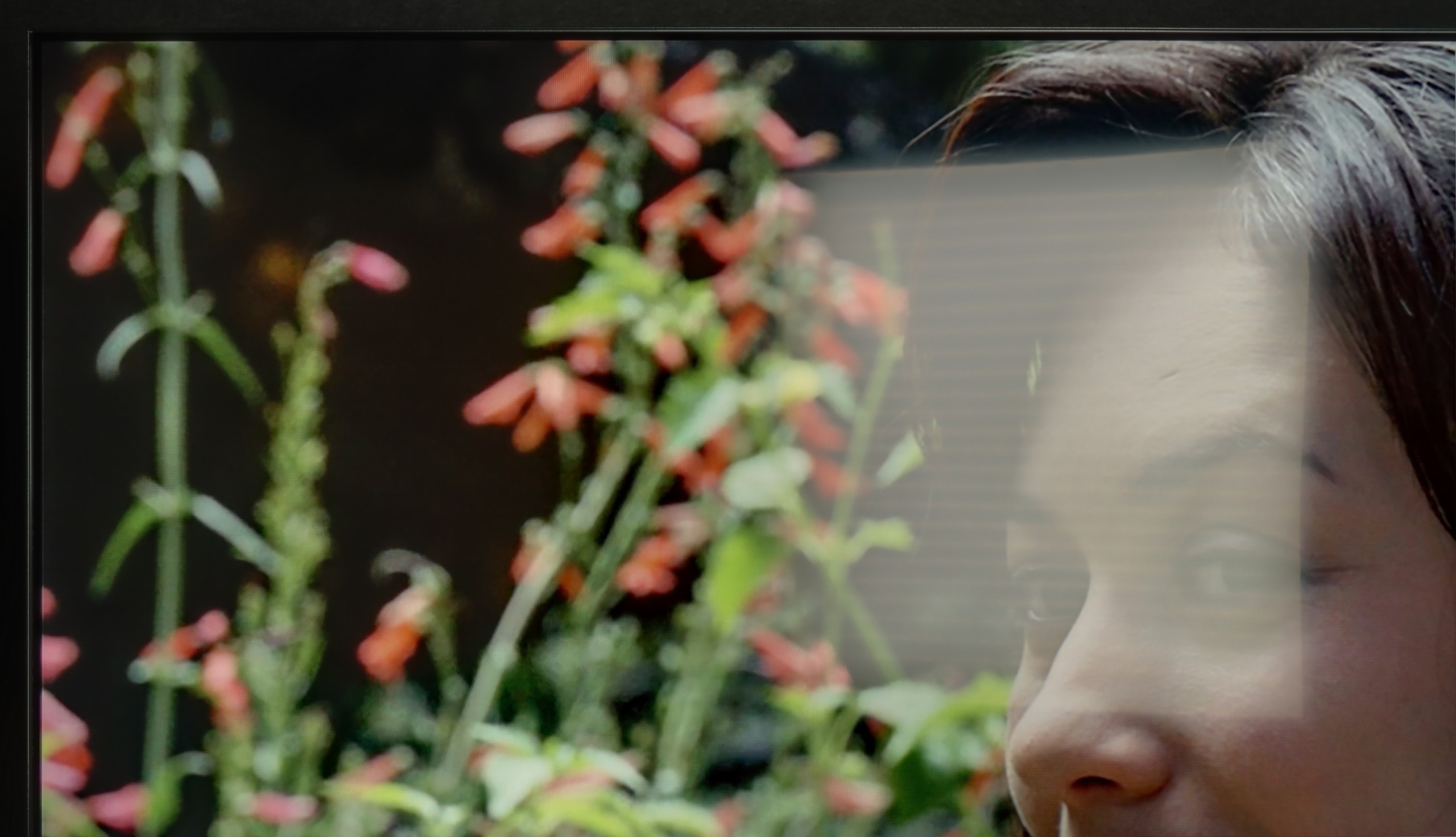

Matrix brightness
Average luminance SDR
Panasonic W85: 263 cd/m2
Hisense U7Q: 519 cd/m2
The U7Q performs quite well in a sunlit room. The brightness in SDR mode averages around 520 nits, which in practice means that even on sunny days, it's comfortable to watch television—without the feeling that everything is drowning in our reflections. Additionally, thanks to the satin coating on the panel, the television does a good job of reducing reflections.
The Panasonic W85B has a satin finish panel that handles glare reduction and color retention quite well, even in bright light coming from windows or lamps. There is no "mirror" effect here, so watching television in a typical living room during the day is comfortable. However, the problem arises when we encounter really bright rooms – the TV does not have high brightness, so it won't cut through very strong sunlight. It's simply a screen that performs best in controlled conditions.
Details about the matrix
Subpixel Structure:
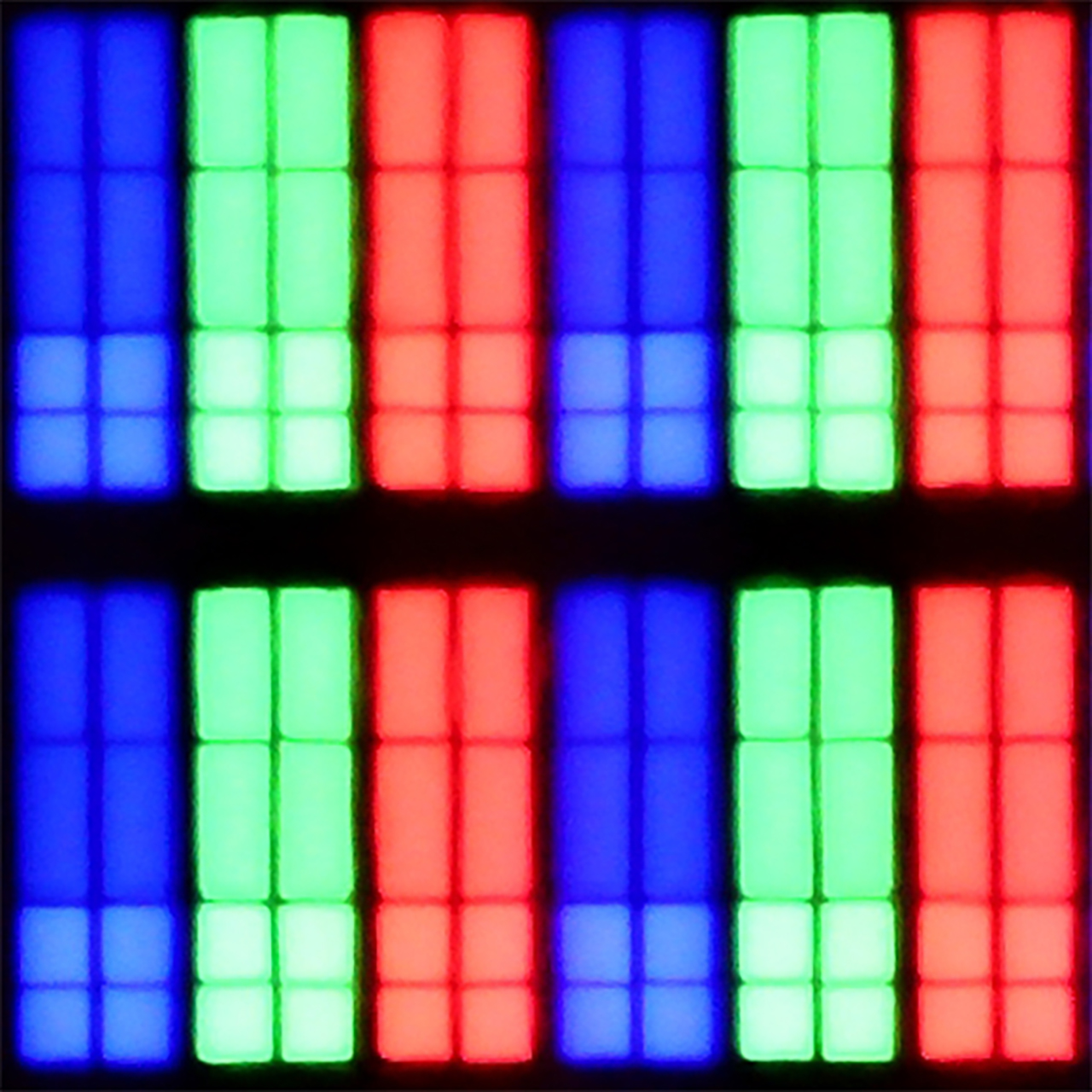
Panel uniformity and thermal imaging:
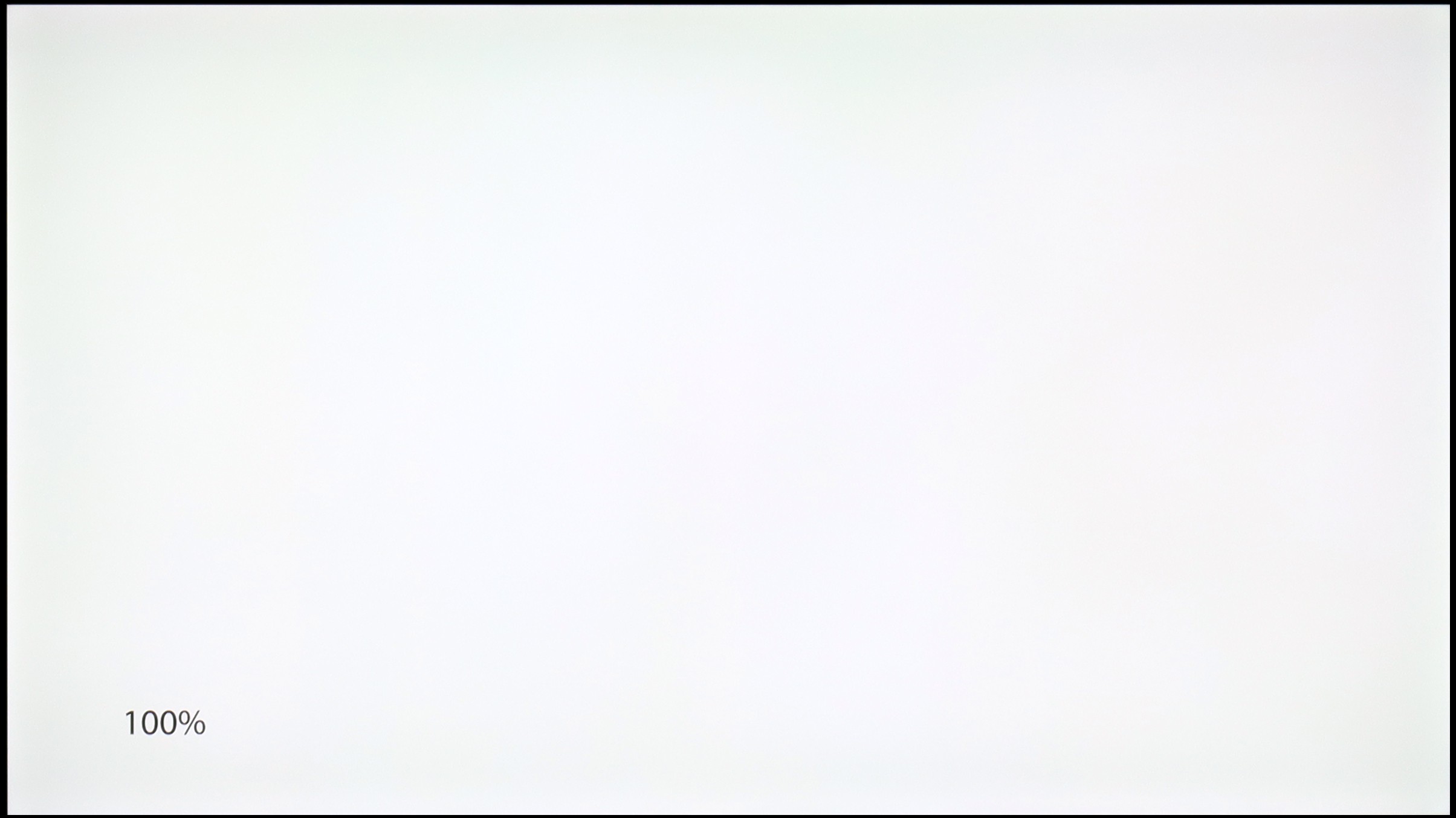
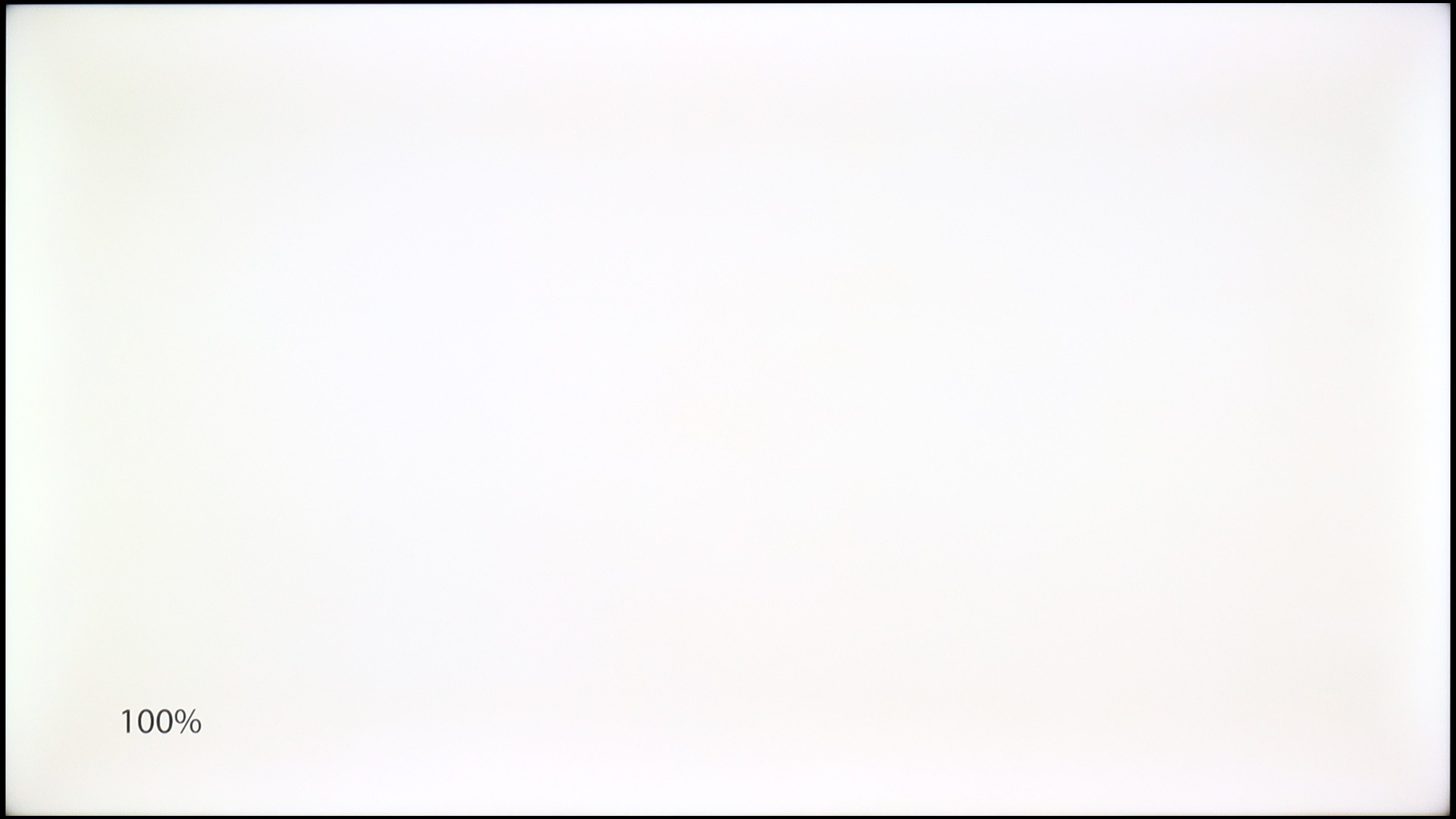
Hisense U7Q
Panasonic W85
TV features
8.9/10
6.8/10
- HDMI inputs2 x HDMI 2.0, 2 x HDMI 2.1 48Gbps1 x HDMI 2.0, 2 x HDMI 2.1 48Gbps
- Other inputsRCA (Chinch)
- OutputsToslink (Optical audio), eARC (HDMI), ARC (HDMI), Mini-Jack (Headphones)Toslink (Optical audio), eARC (HDMI), ARC (HDMI), Mini-Jack (Headphones)
- Network InterfacesWi-Fi 2.4GHz, Wi-Fi 5GHz, Ethernet (LAN) 100MbpsWi-Fi 2.4GHz, Wi-Fi 5GHz, Ethernet (LAN) 100Mbps
- TV receptionDVB-T, DVB-T2, DVB-S, DVB-S2DVB-T, DVB-T2, DVB-S, DVB-S2
Classic features:
- Recording to USB (terrestrial TV)
- Recording programming
- Picture in Picture (PiP)
- RF remote control (no need to aim at the screen)
- Backlit remote control
- Teletext
- Audio only mode
- Bluetooth headphones support
- Simultaneous Bluetooth headphones & TV audio
Smart features:
- AirPlay
- Screen mirroring (Windows Miracast)
- Voice search
- Voice search in native language
- Ability to connect a keyboard and mouse
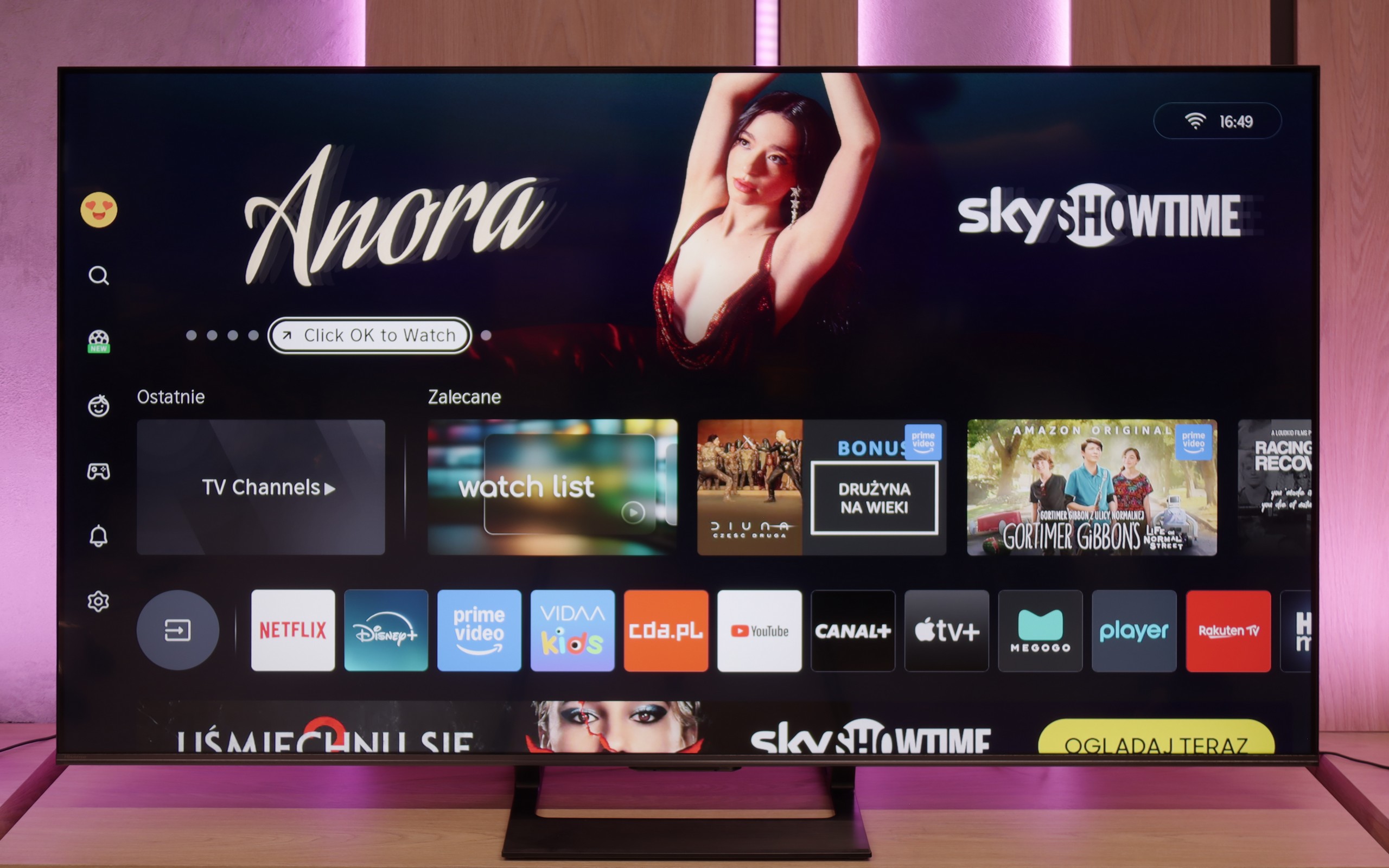
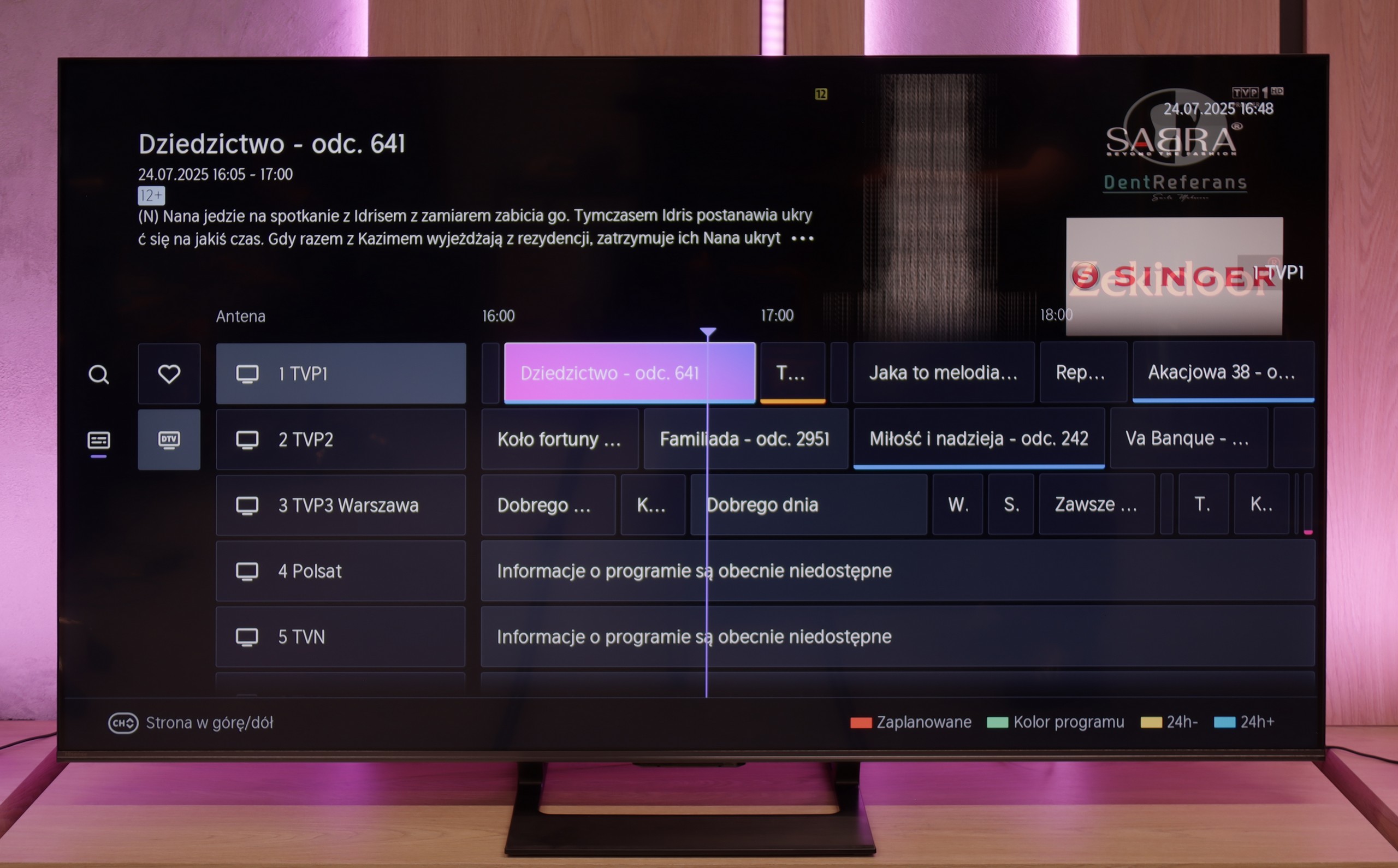
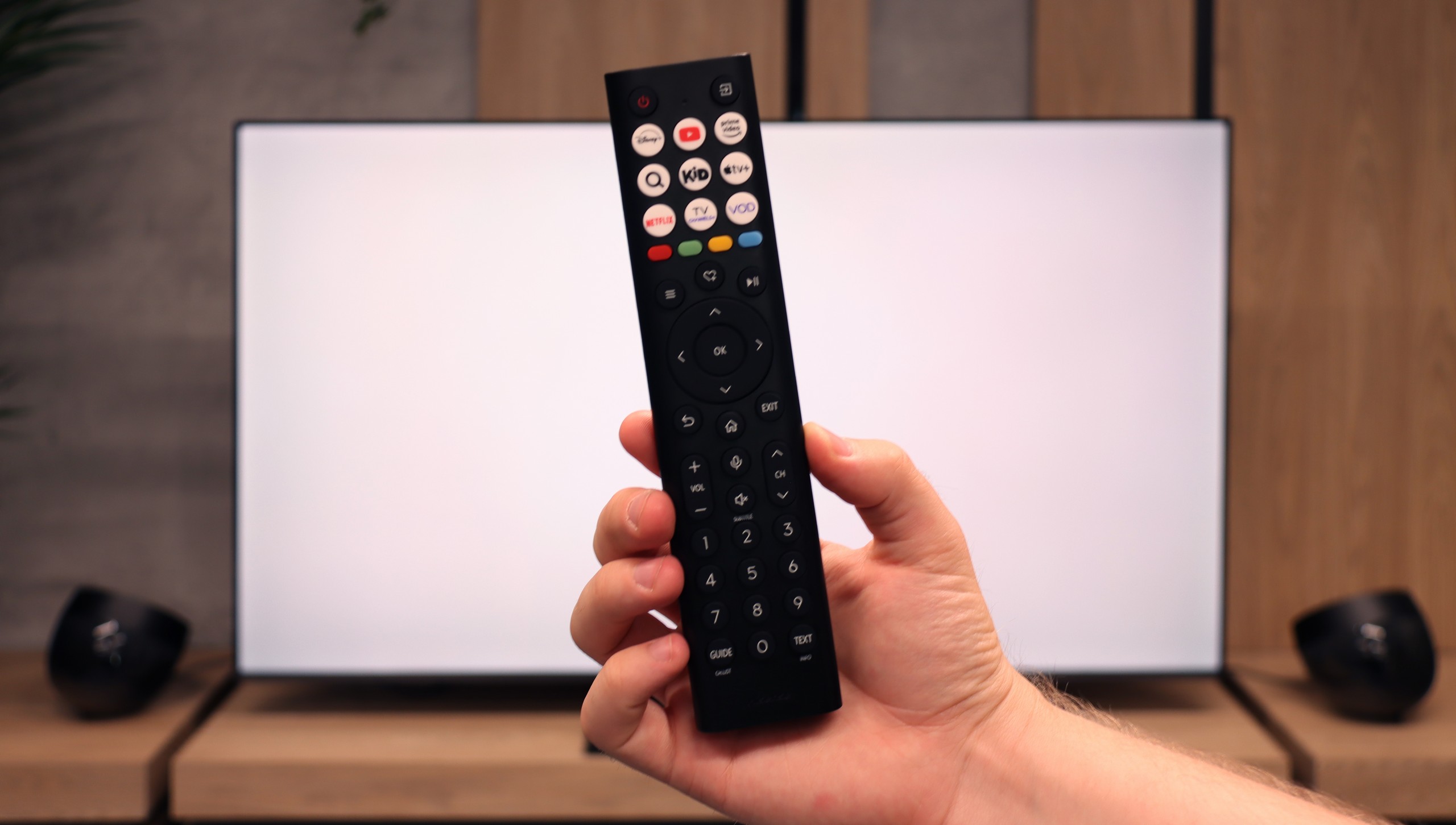
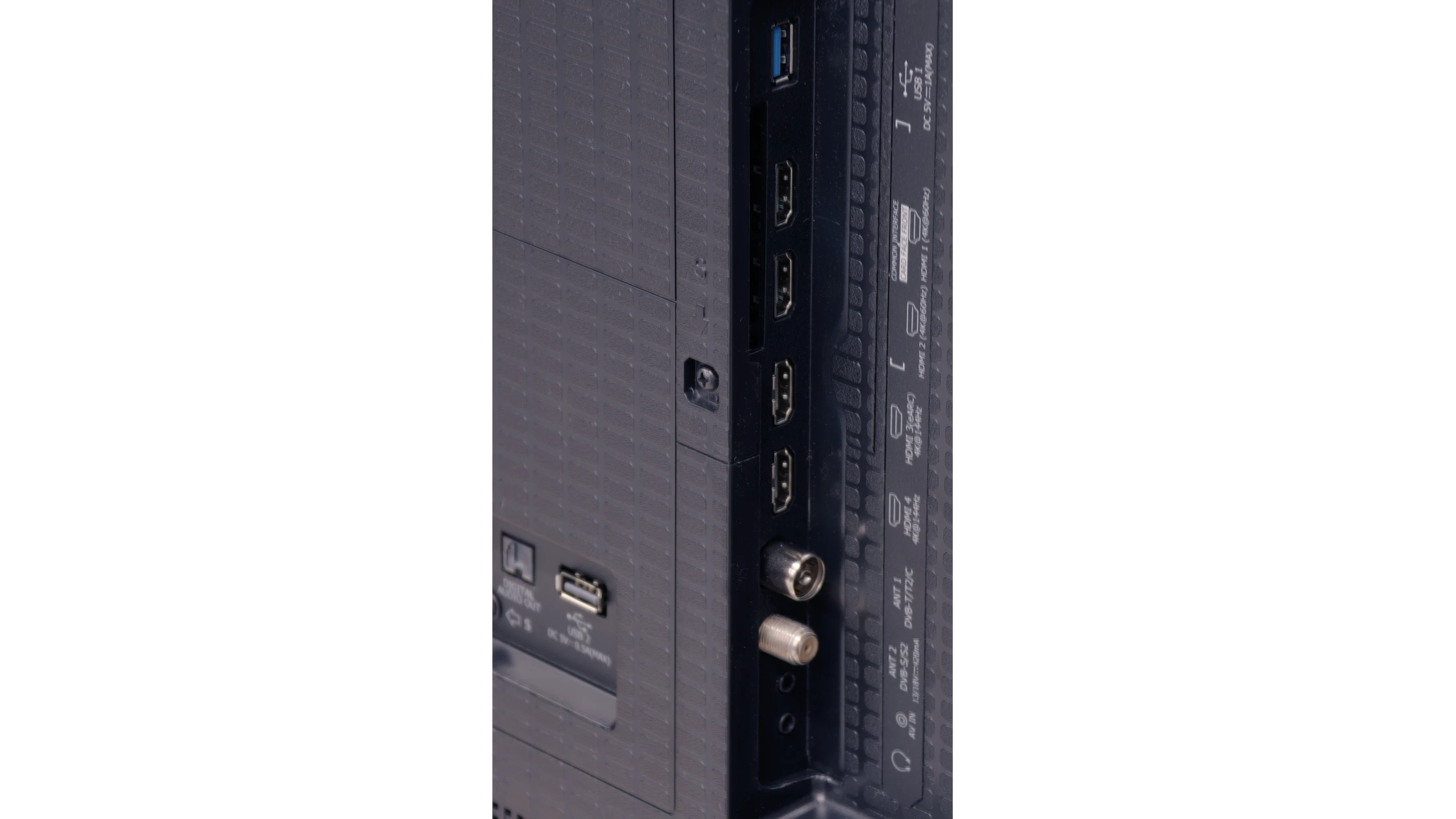
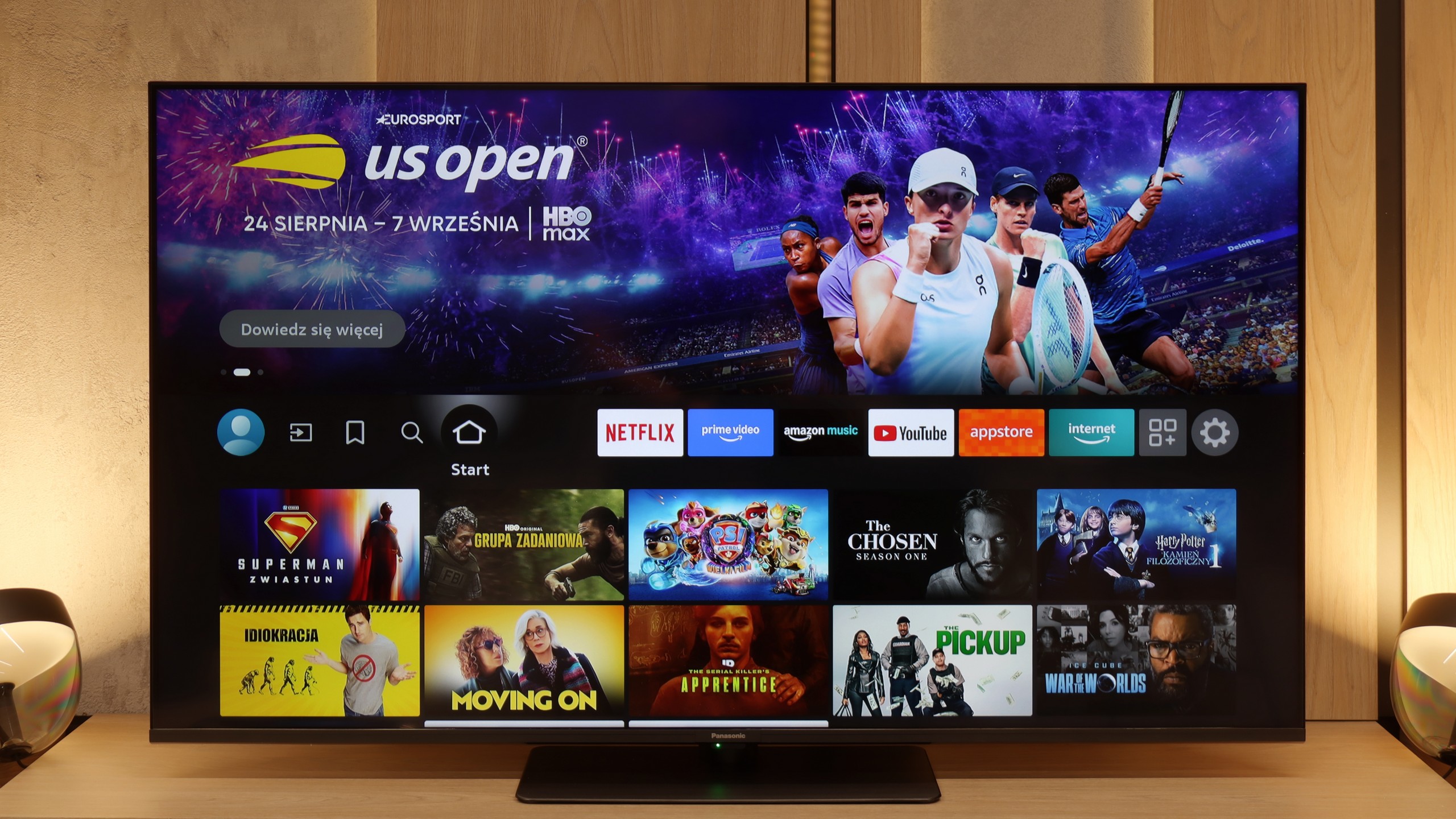
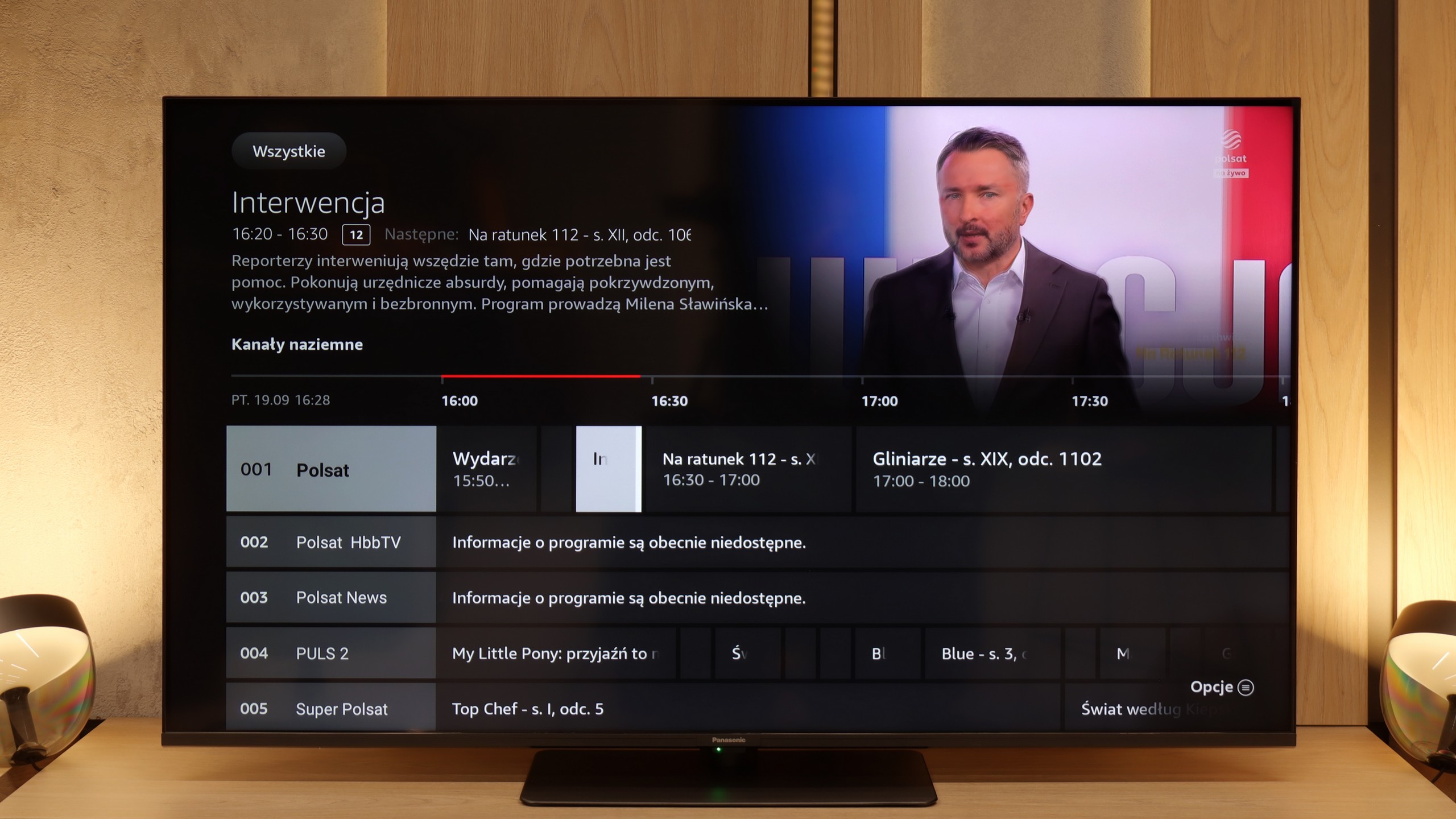
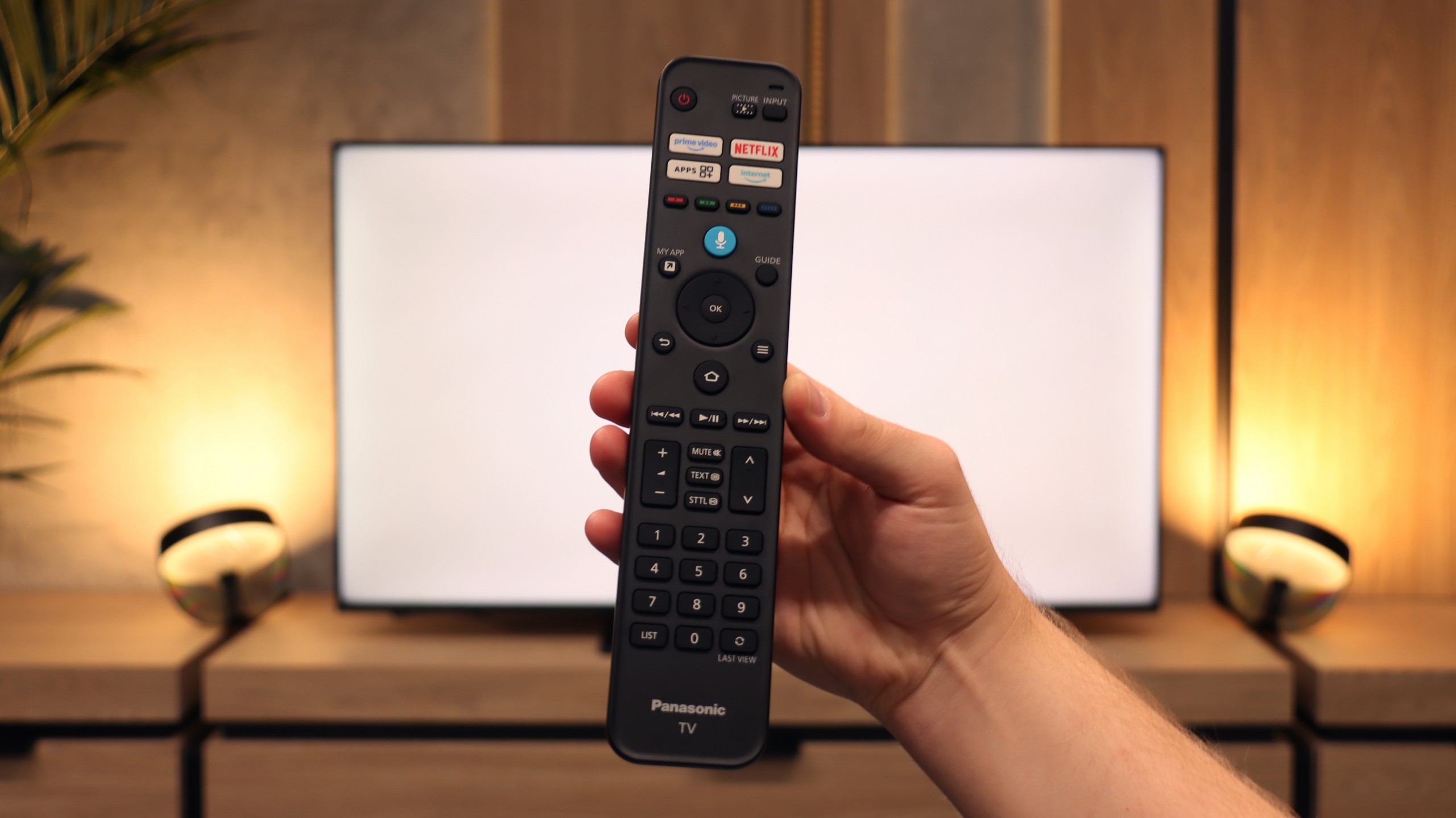
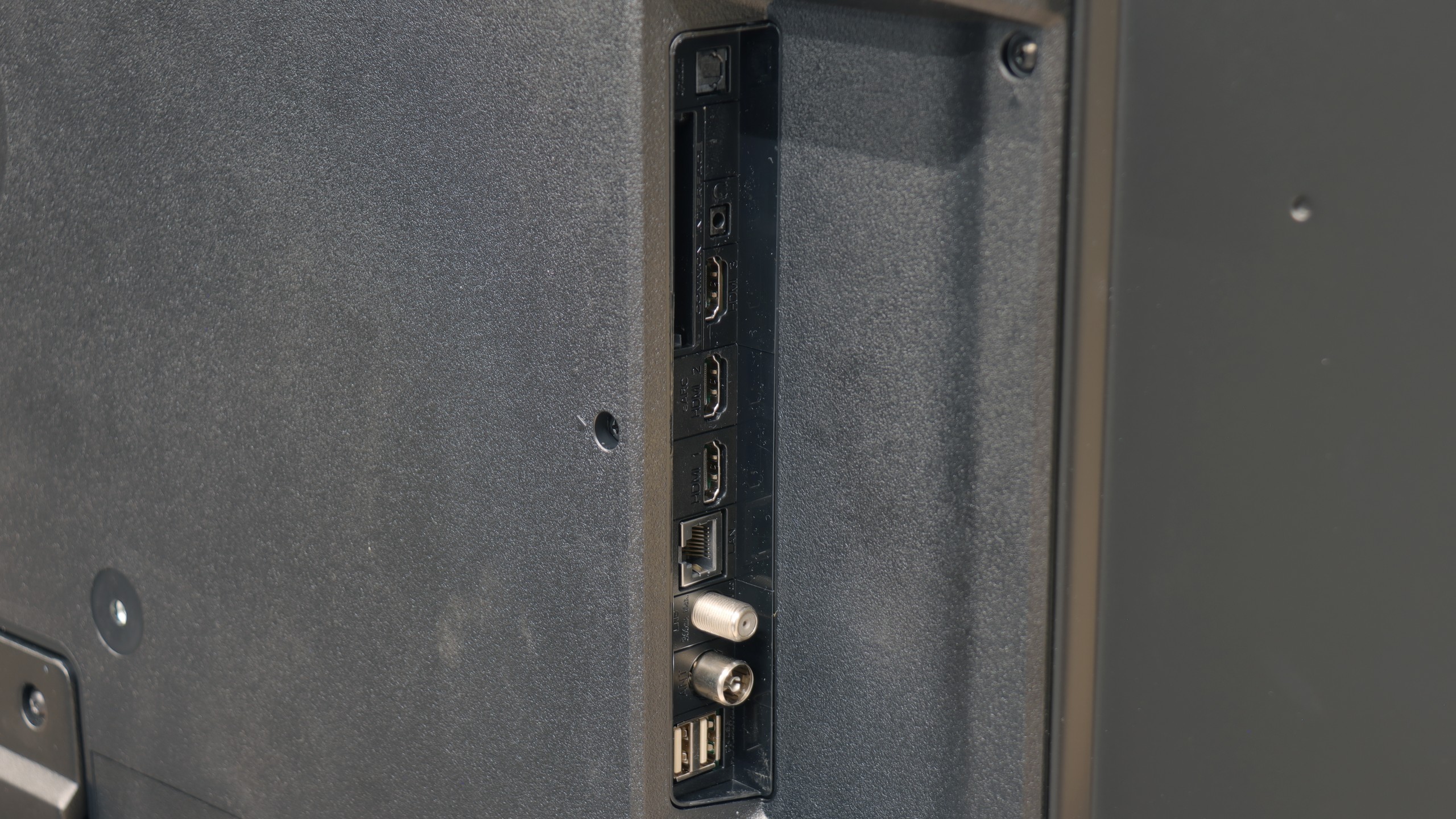
Classic Features of U7Q
Hisense U7Q has a lot to offer when it comes to classic TV features. You can record programs to USB, easily connect external devices via Bluetooth, and the interface – such as EPG – is clear and readable. It may sound like something mainly appreciated by seniors, but the truth is that the U7Q has practically everything needed for watching traditional television. The only thing missing here is the PiP (picture-in-picture) feature.
Smart TV U7Q: Vidaa
When it comes to Smart features, the U7Q runs on the proprietary VIDAA system. And I must admit – it works really smoothly. Voice search in Polish? No issues. AirPlay and screen mirroring? They work without any problems as well. Of course, one must be aware that VIDAA is a closed system, so – as is often the case – some popular apps, especially those related to music, are missing. Therefore, before purchasing, it’s worth checking if all the apps you use daily are available.
SmartTV: FireTV
The W85B runs on the Fire TV system and it must be admitted – this is a significant step forward compared to Panasonic's previous proprietary solutions. Here we have support for AirPlay, screen mirroring, and even voice control through Alexa. It sounds modern and in practice it actually offers quite a few possibilities. The problem is that in Europe, Fire TV still looks a bit like a "guest with luggage." It works decently, but there are occasional micro-stutters, the interface doesn’t always respond as smoothly as we would like, and you may encounter awkward translations in the menu. It’s not yet on the level of the major players like Google TV or even Tizen, but it is still an improvement over what Panasonic had before. However, the worst part of it all is that the Fire TV app library is quite modest and that is its biggest drawback.
Classic TV Features
In terms of classic television functionalities, it's quite good – we have a classic remote control with a full numeric keypad, a clear EPG guide, and the ability to record programs from the built-in tuner to an external USB drive (e.g., a flash drive). A downside is the lack of options to schedule recordings in advance – you can record "here and now," but you can't set recordings for later.
Playing files from USB
8.2/10
3.1/10
Supported photo formats:
Maximum photo resolution:
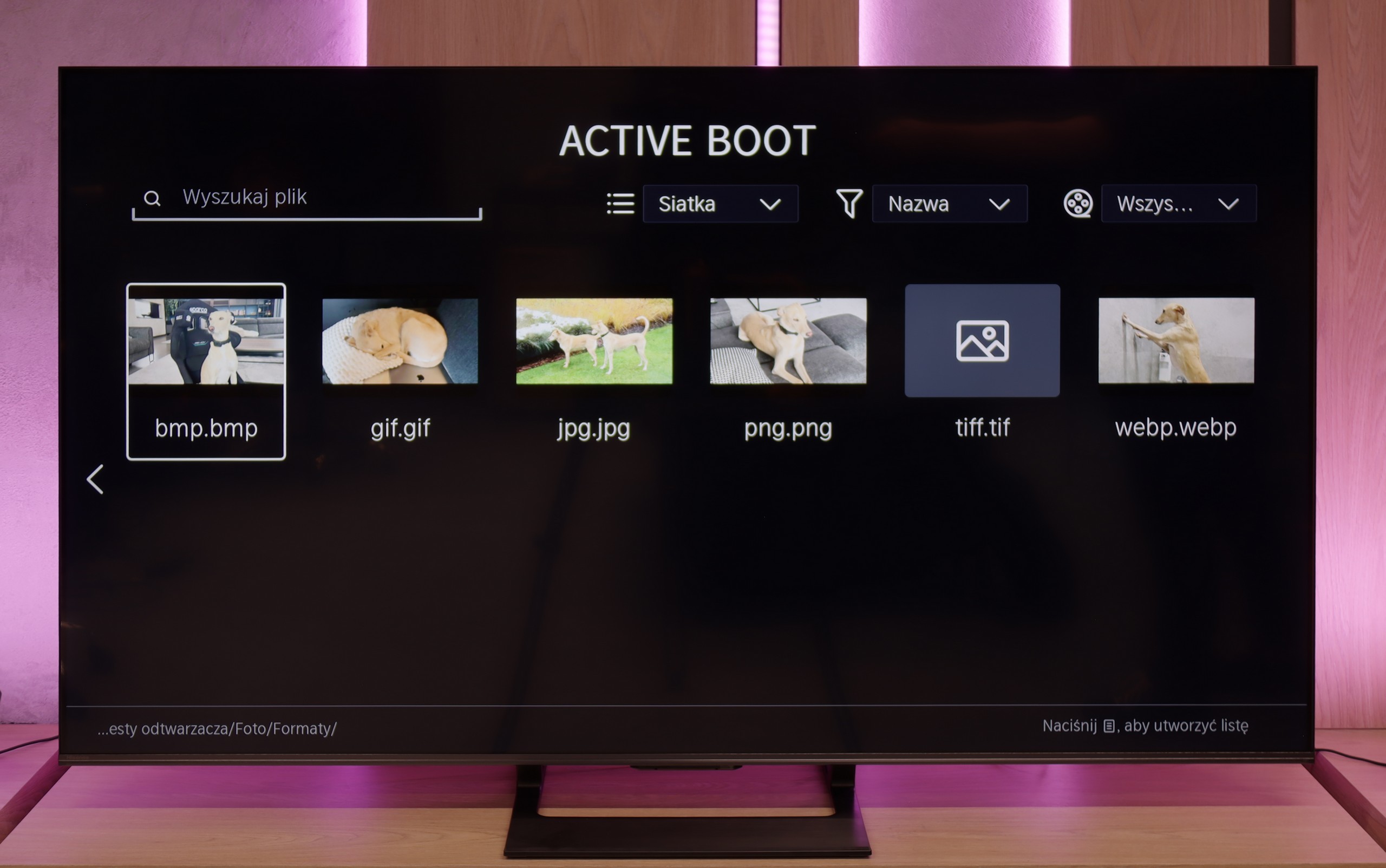
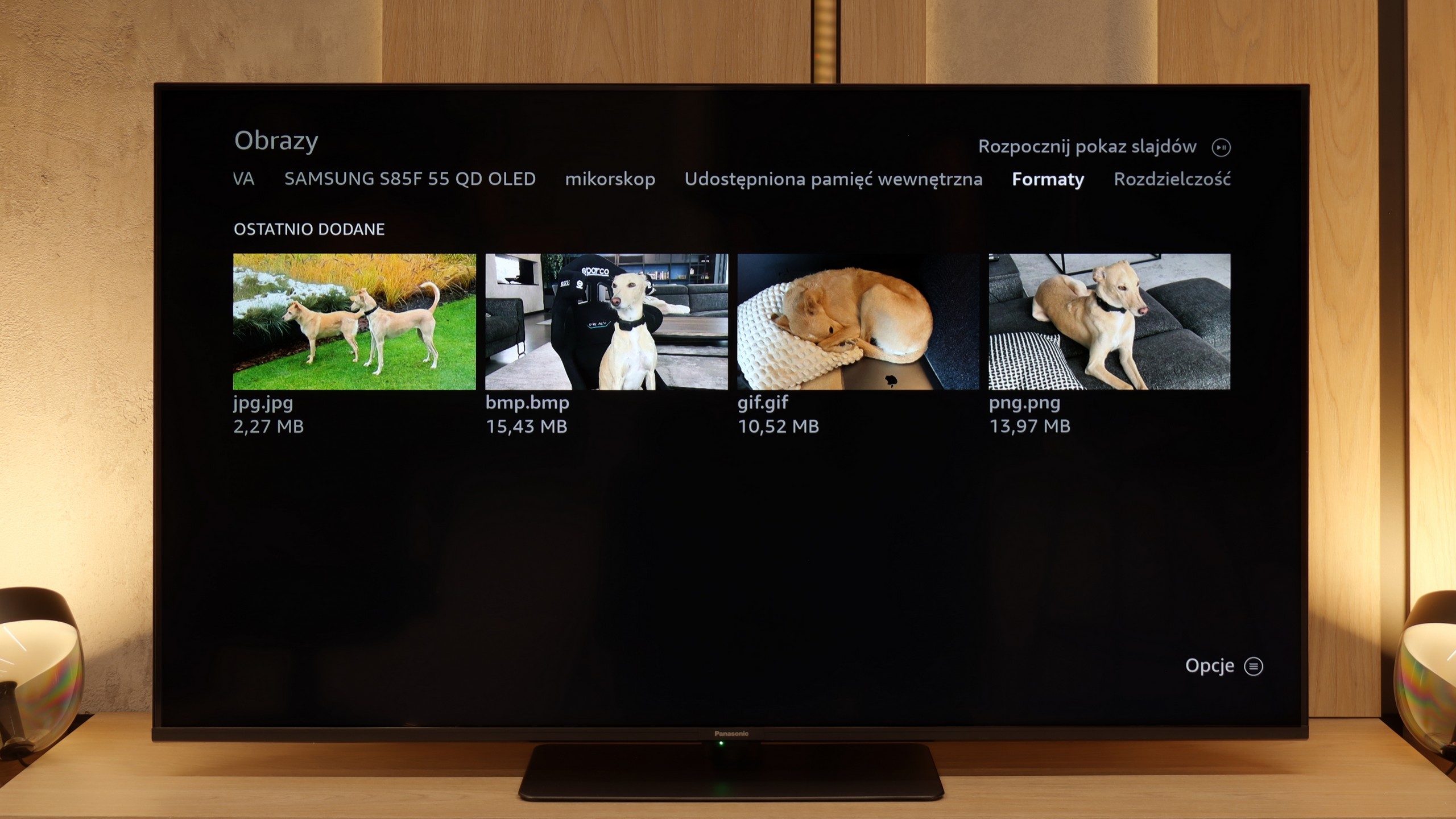
The built-in player in the U7Q fully meets the needs of most future users. The television seamlessly supports Polish characters and most popular video, audio, and photo formats. If we had to nitpick, it would be only about the limited support for certain photo resolutions – there are occasions when files from the camera are not displayed correctly. It's worth keeping this in mind if you plan to present photos directly from a DSLR or phone.
The biggest problem with the built-in player on Fire TV is the lack of support for external subtitle files. If you have your own movie library and use text files, you simply won't be able to display them on this TV. The player itself handles basic video formats, but if someone wanted to fully utilize files from USB, they would likely end up installing an additional app from the store (e.g., VLC).
Apps
7.7/10
7.6/10














































Sound
7.2/10
5.8/10
- Maximum volume82dB87dB
- Dolby Digital Plus 7.1
- Dolby True HD 7.1
- Dolby Atmos in Dolby Digital Plus (JOC)
- Dolby Atmos in Dolby True HD
- DTS:X in DTS-HD MA
- DTS-HD Master Audio
Sound is one of the major advantages of the U7Q. The TV sounds really pleasant – there is a slightly noticeable bass, good tone balance, and it is definitely something more than just for "everyday news watching." You can easily play music on it and just enjoy the sound – of course in an entertaining way, not an audiophile one 😉. It also deserves high praise for full support for the most important audio codecs, which worked flawlessly. A small exception is Dolby Atmos in TrueHD version, which did not fully play when connected to a home theater, so if someone uses this format – it's worth keeping in mind – it may be a software bug.
Here, the Panasonic W85B unfortunately has nothing to brag about. The speakers sound flat and rather "plastic," so cinematic experiences are definitely not to be had here. There is no depth, no clear bass – just basic sound that merely "exists." It's a shame because we thought the external subwoofer used here would actually make a difference. Unfortunately, we were mistaken. The only advantage is that the television can play really loudly. This might appeal to older users who often need higher volume to comfortably watch programs or news. For everyday TV viewing, it’s enough, but if someone is thinking about movies and gaming – an additional soundbar or audio system is essentially a must.
Sound Quality Test
No sound test video
Acoustic Measurements
82dBC (Max)
75dBC
87dBC (Max)
75dBC


